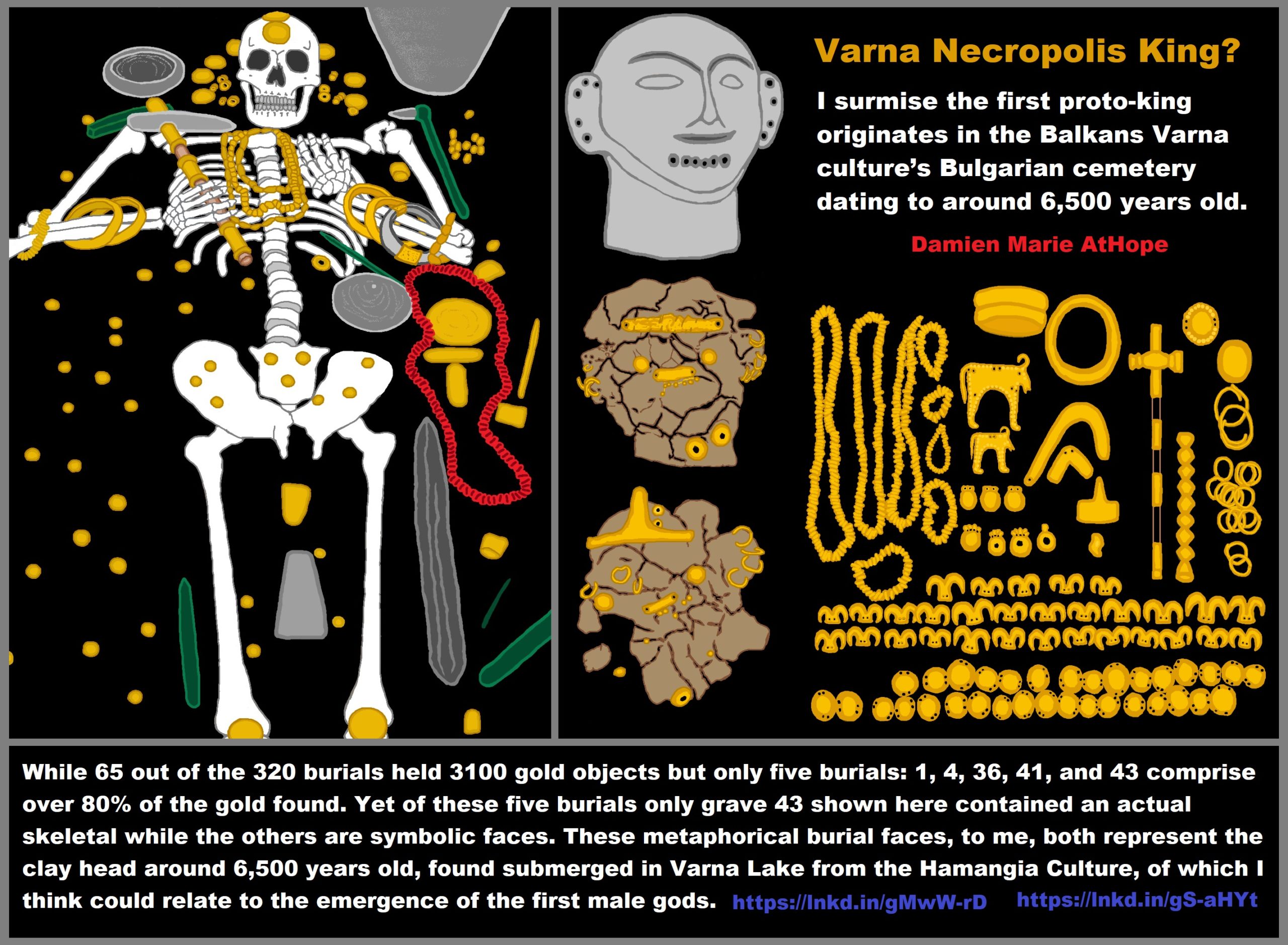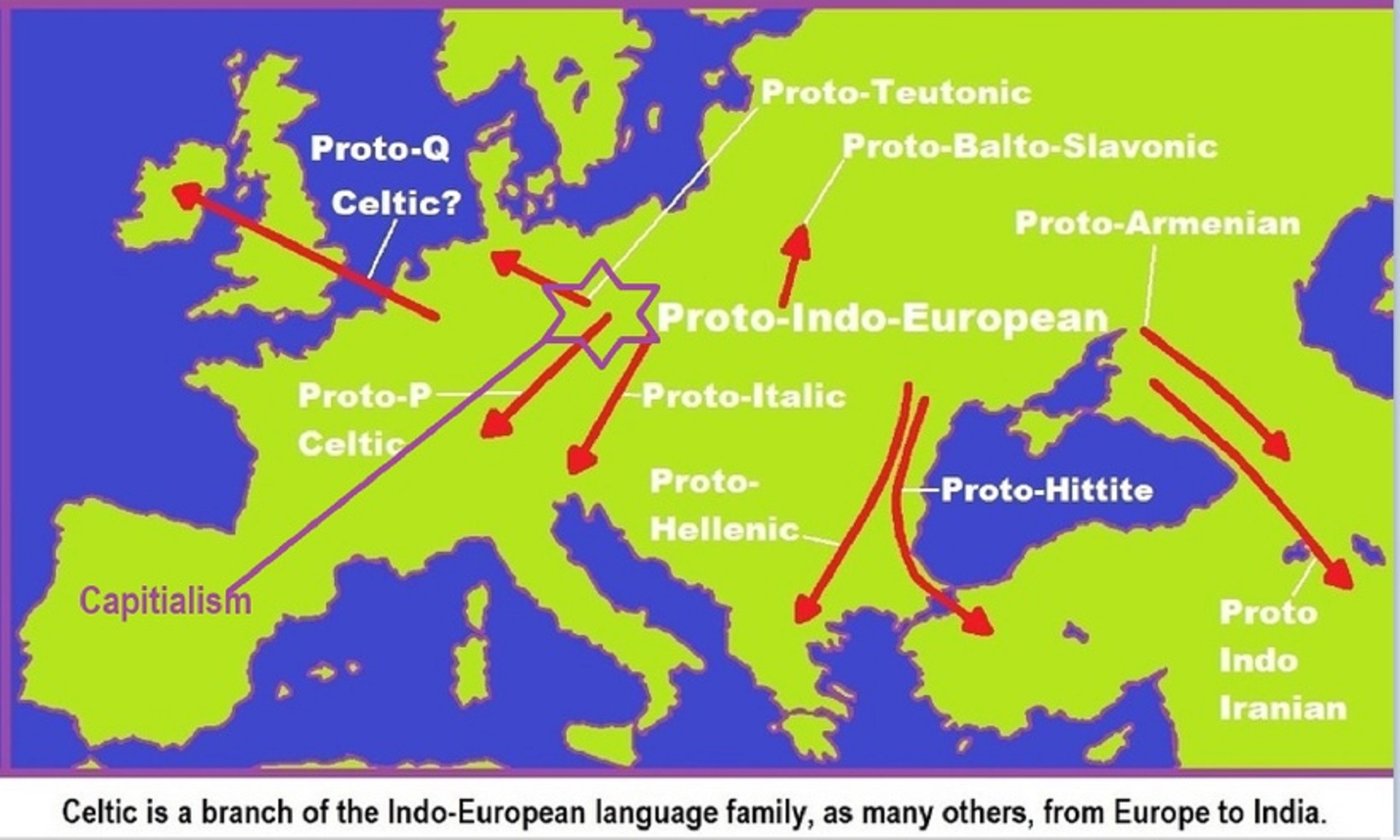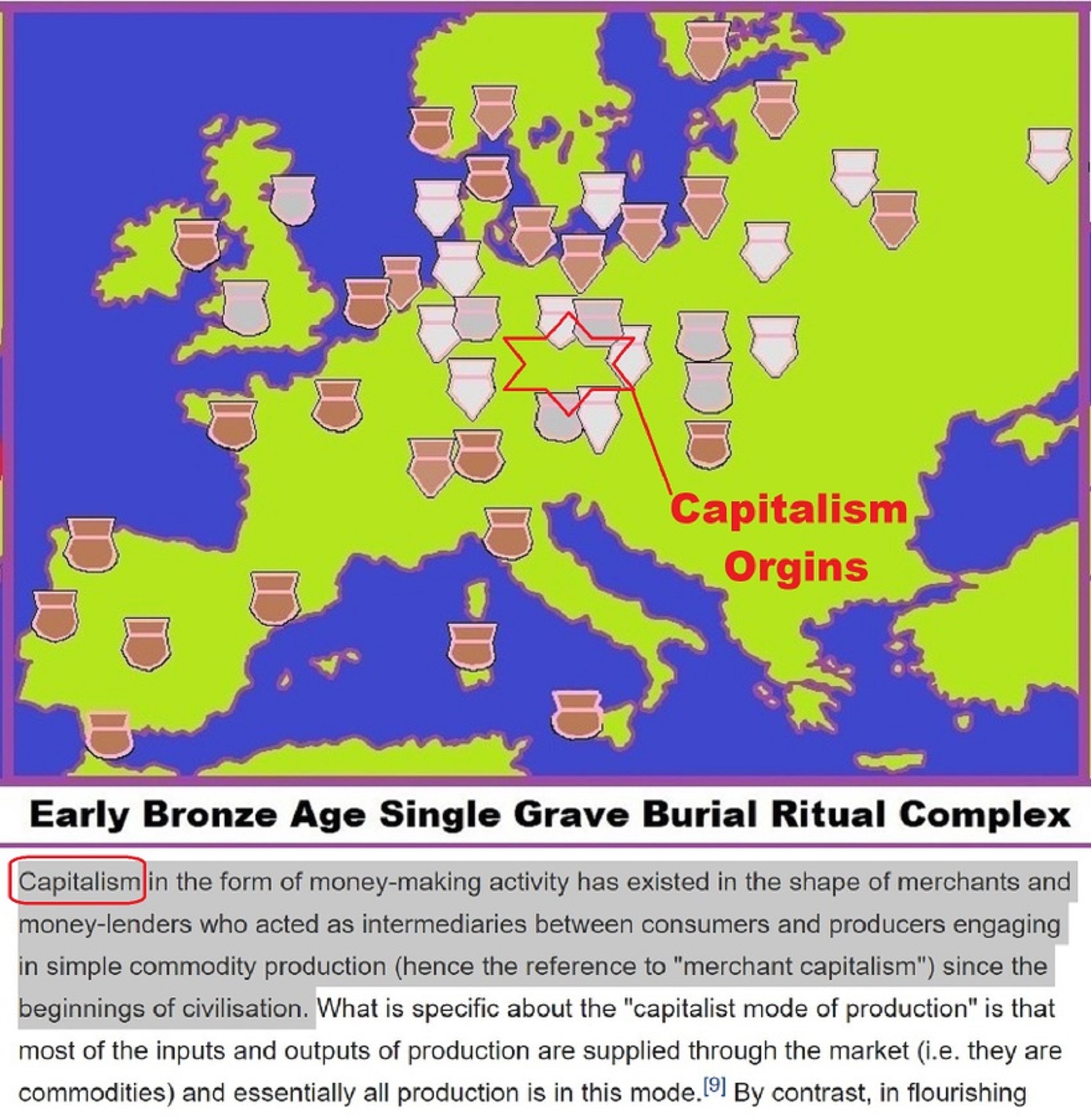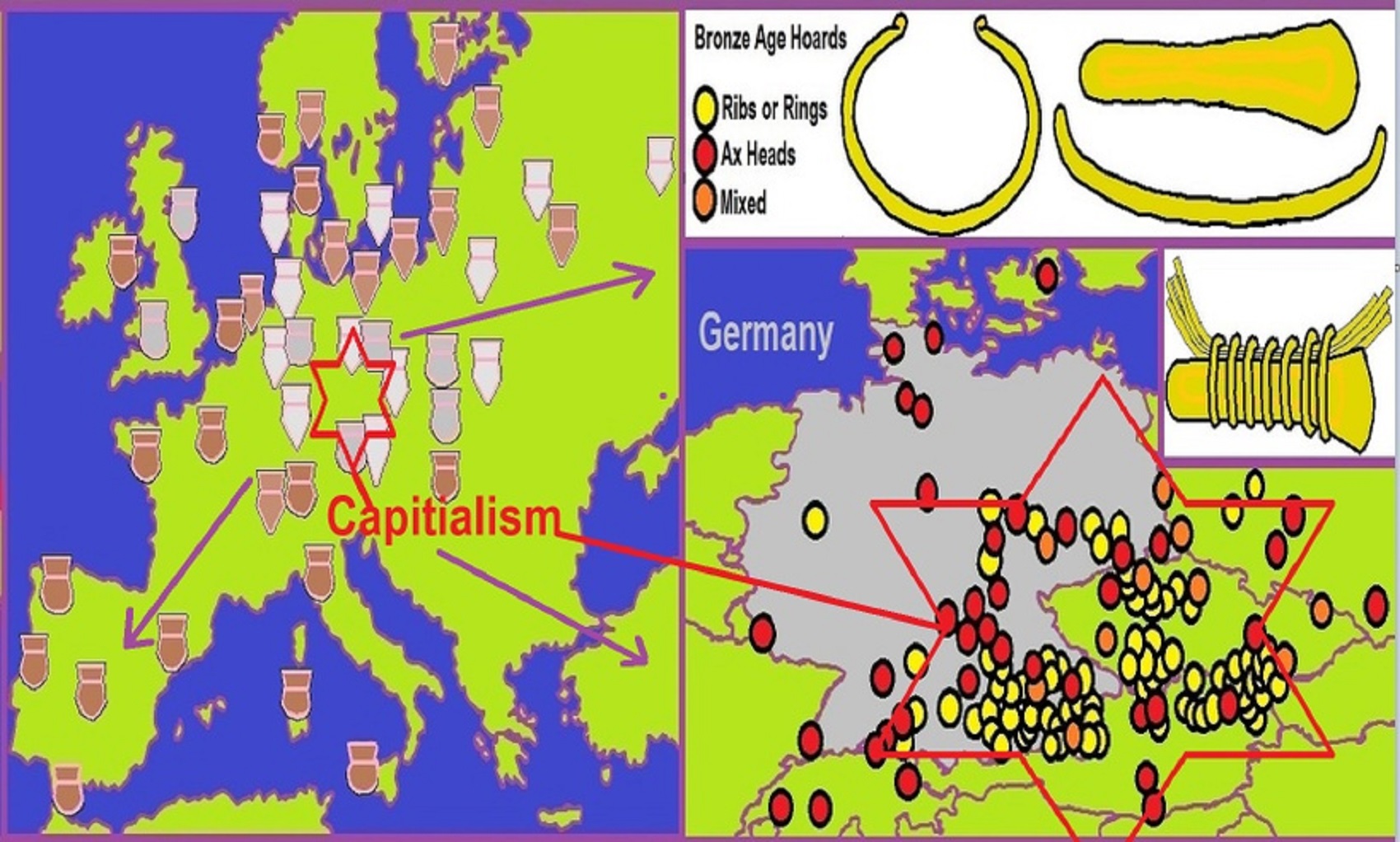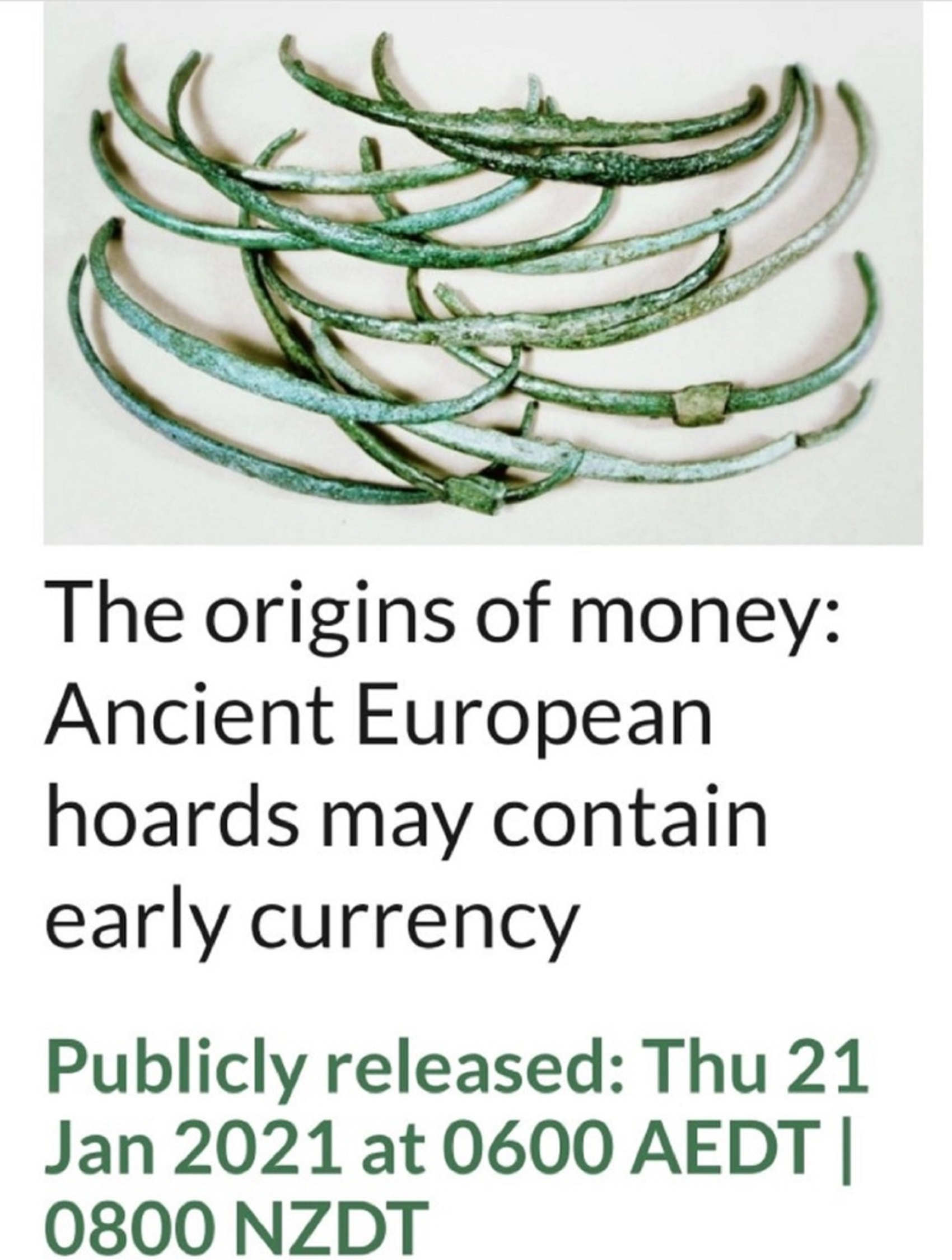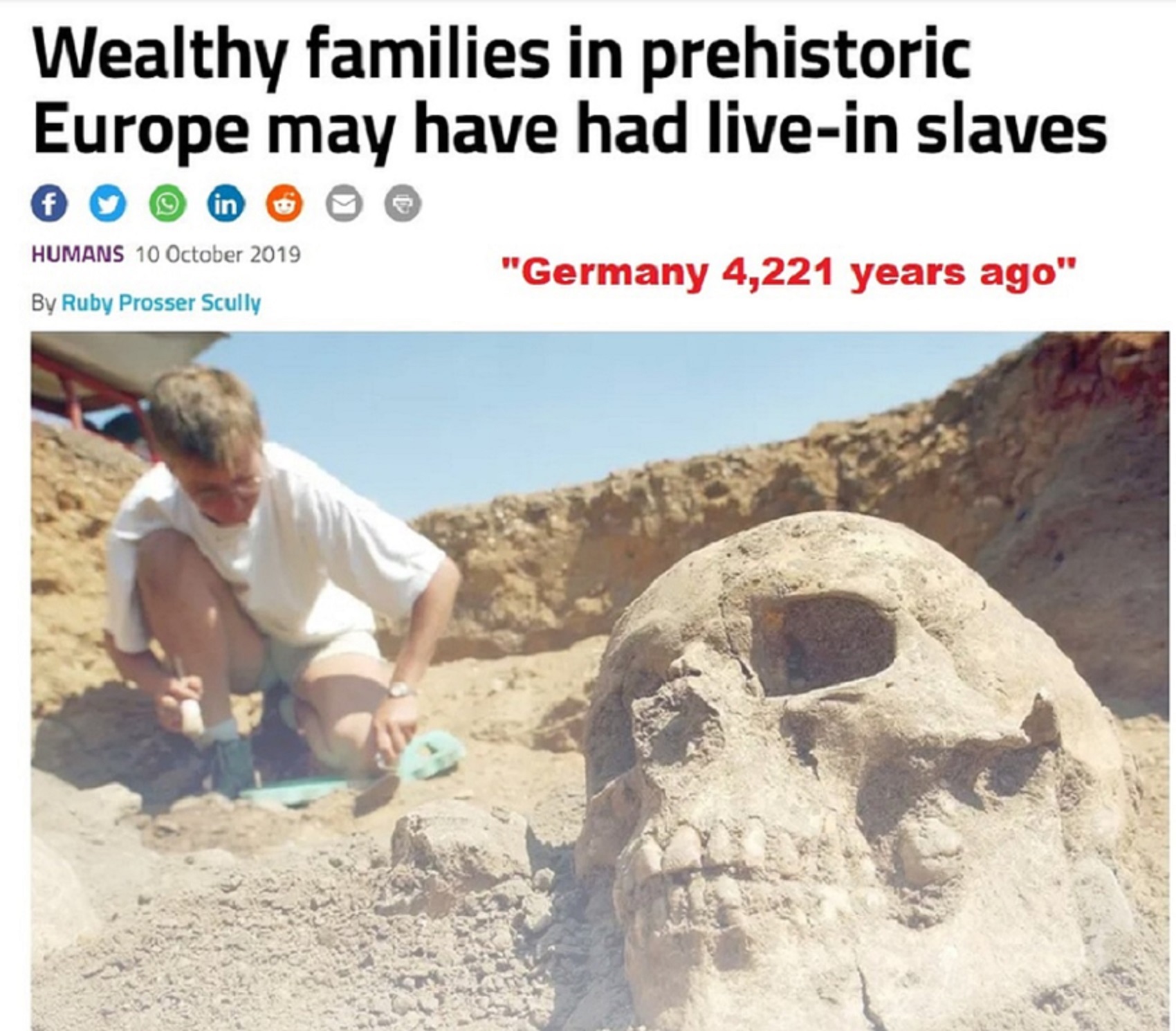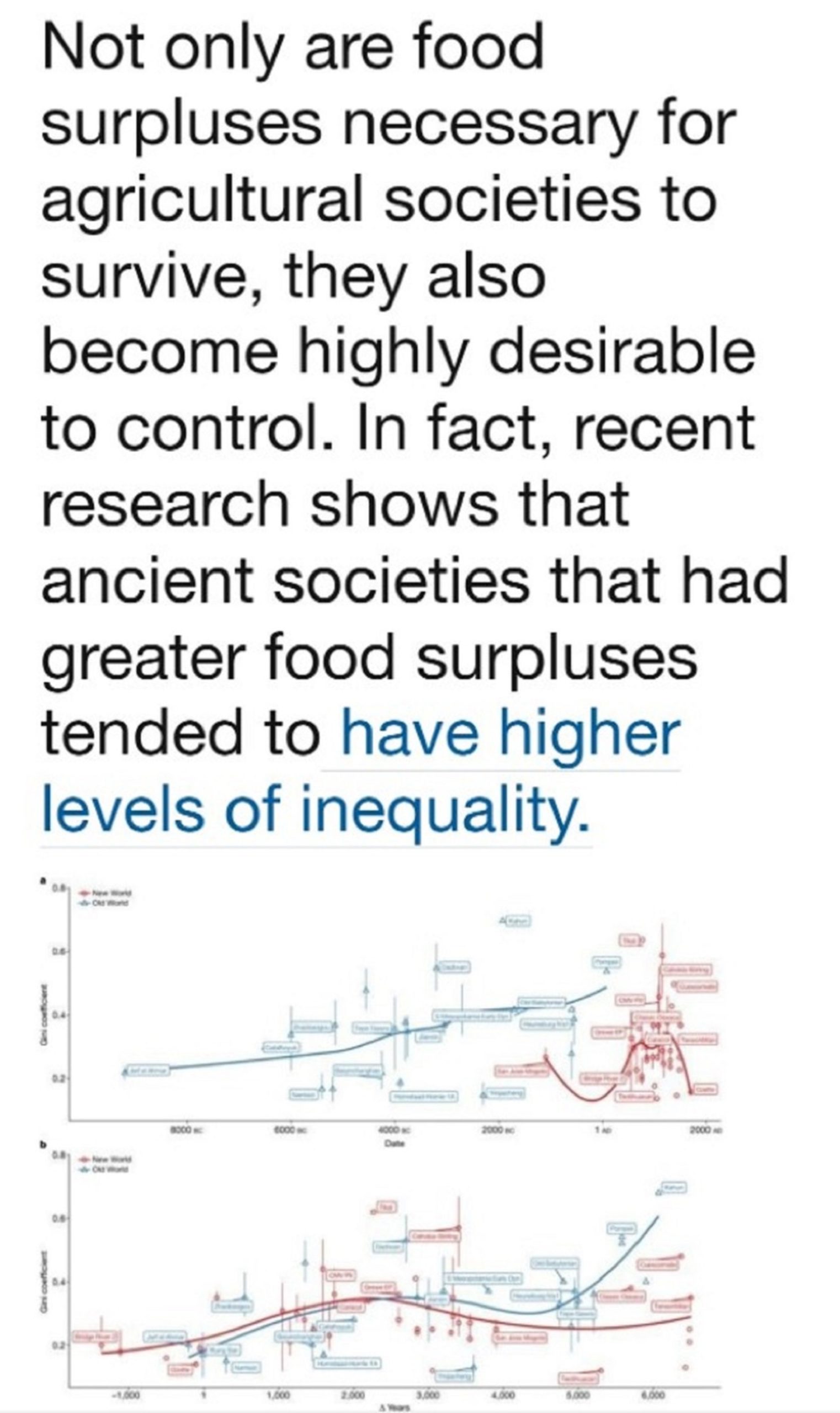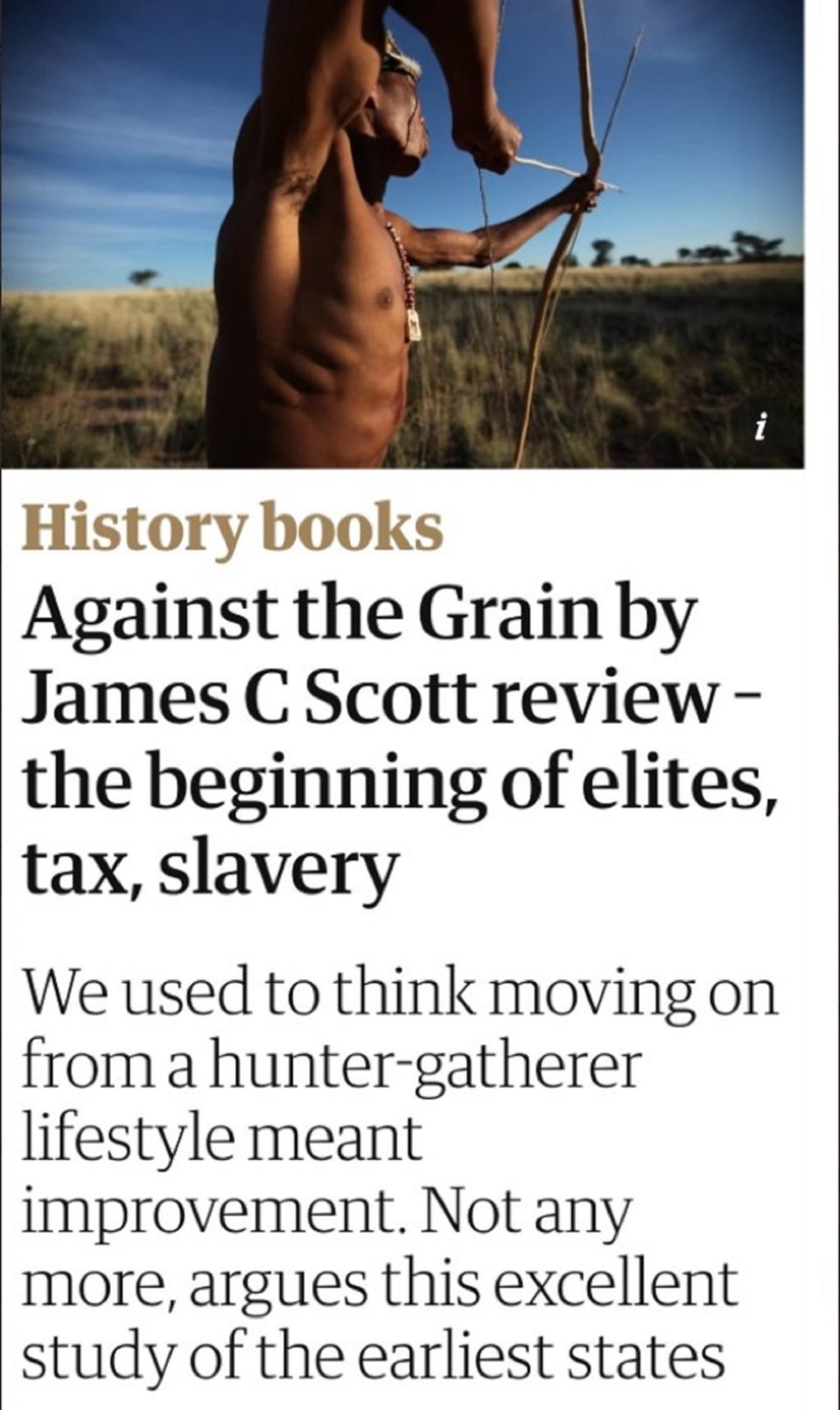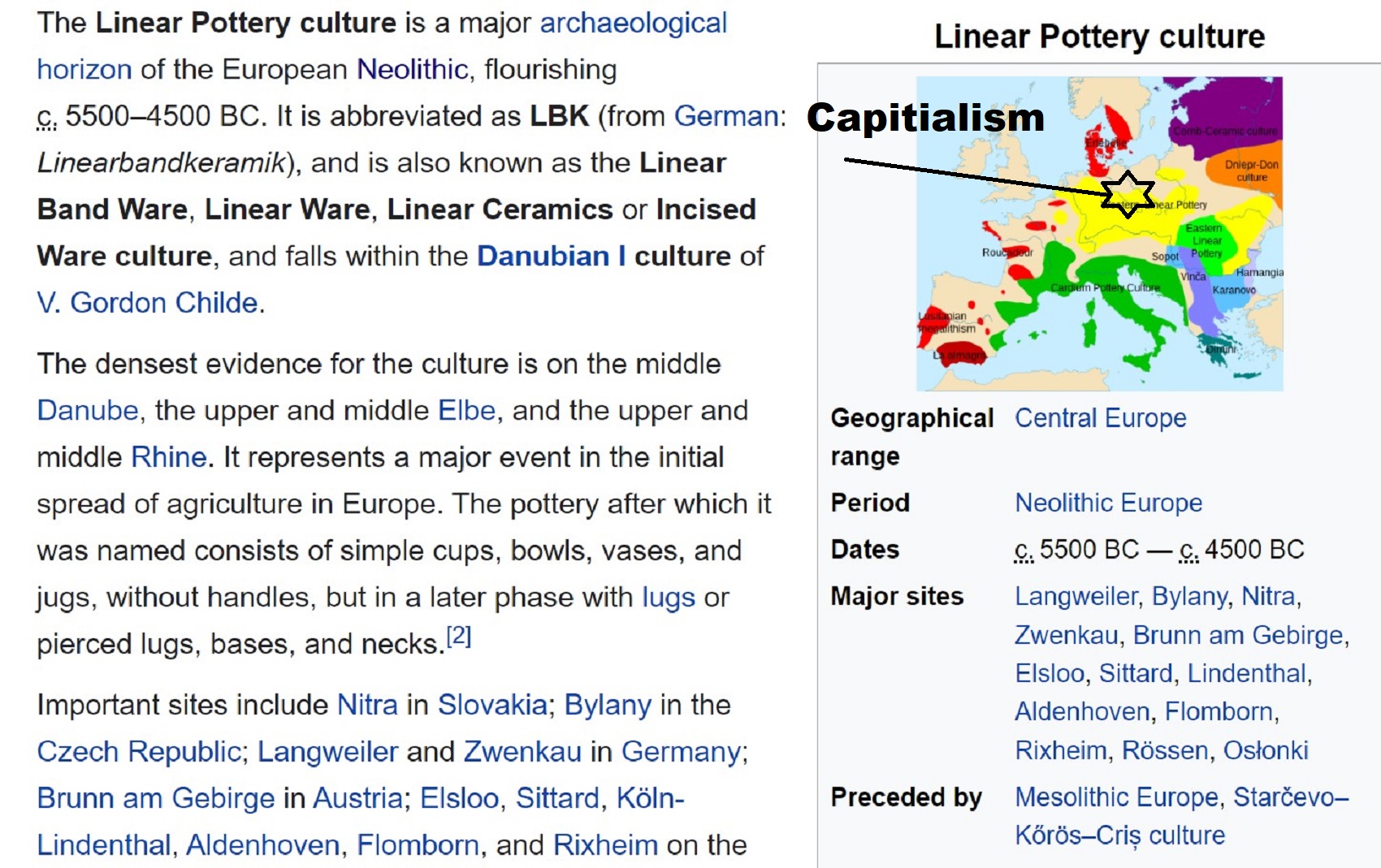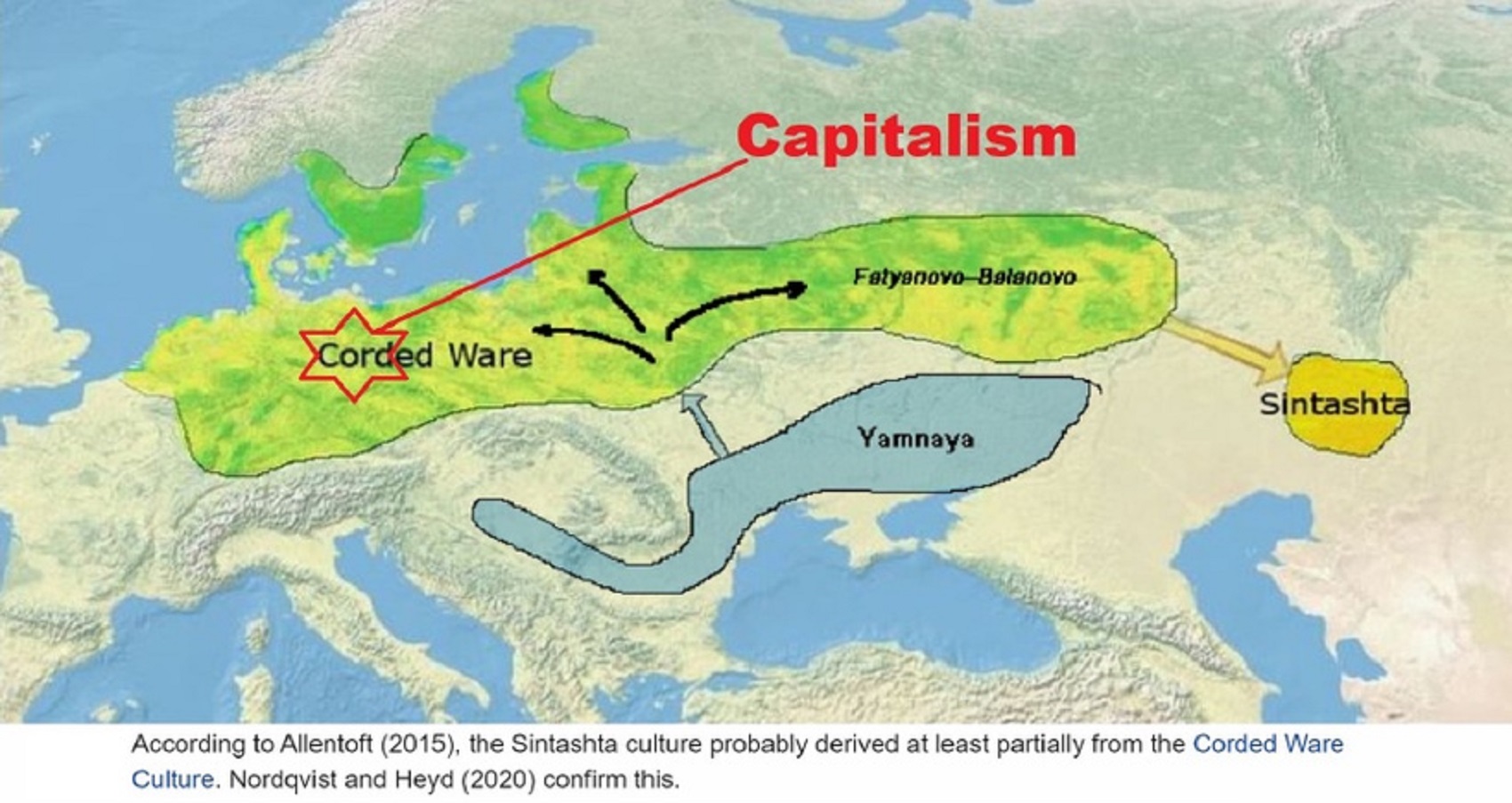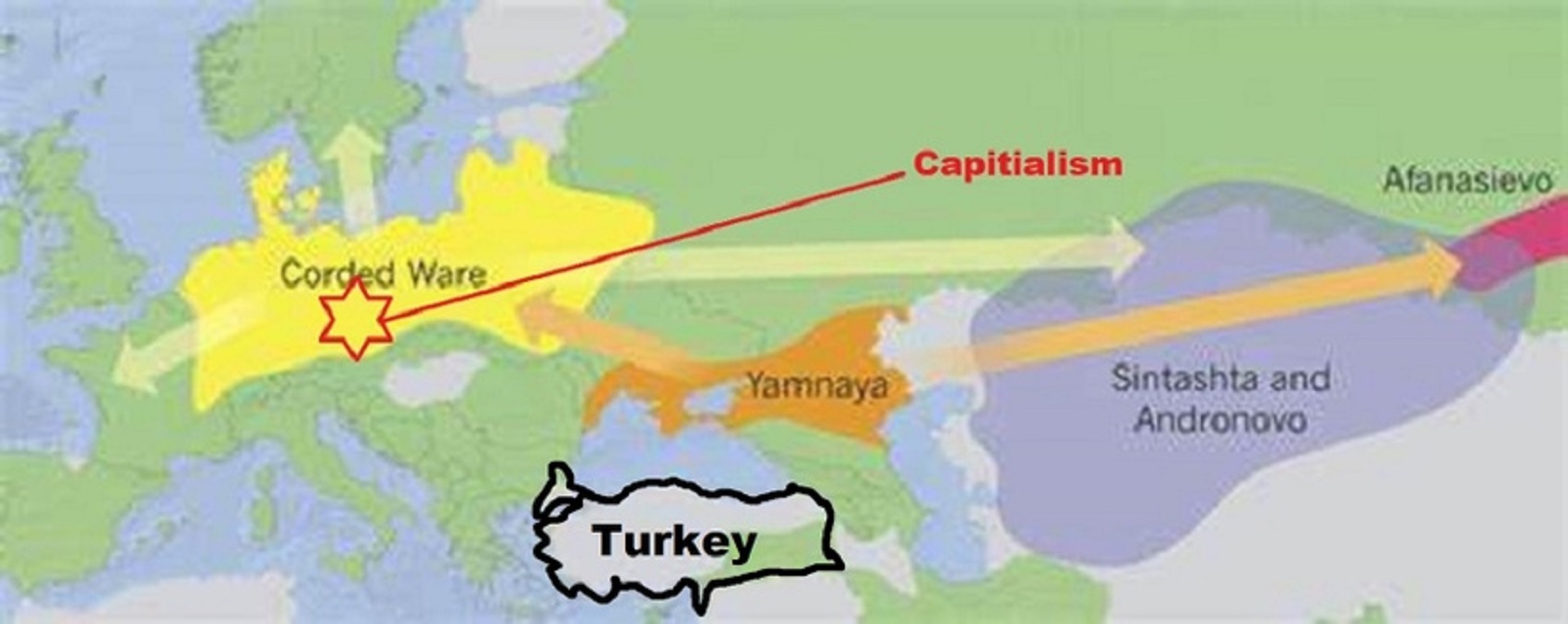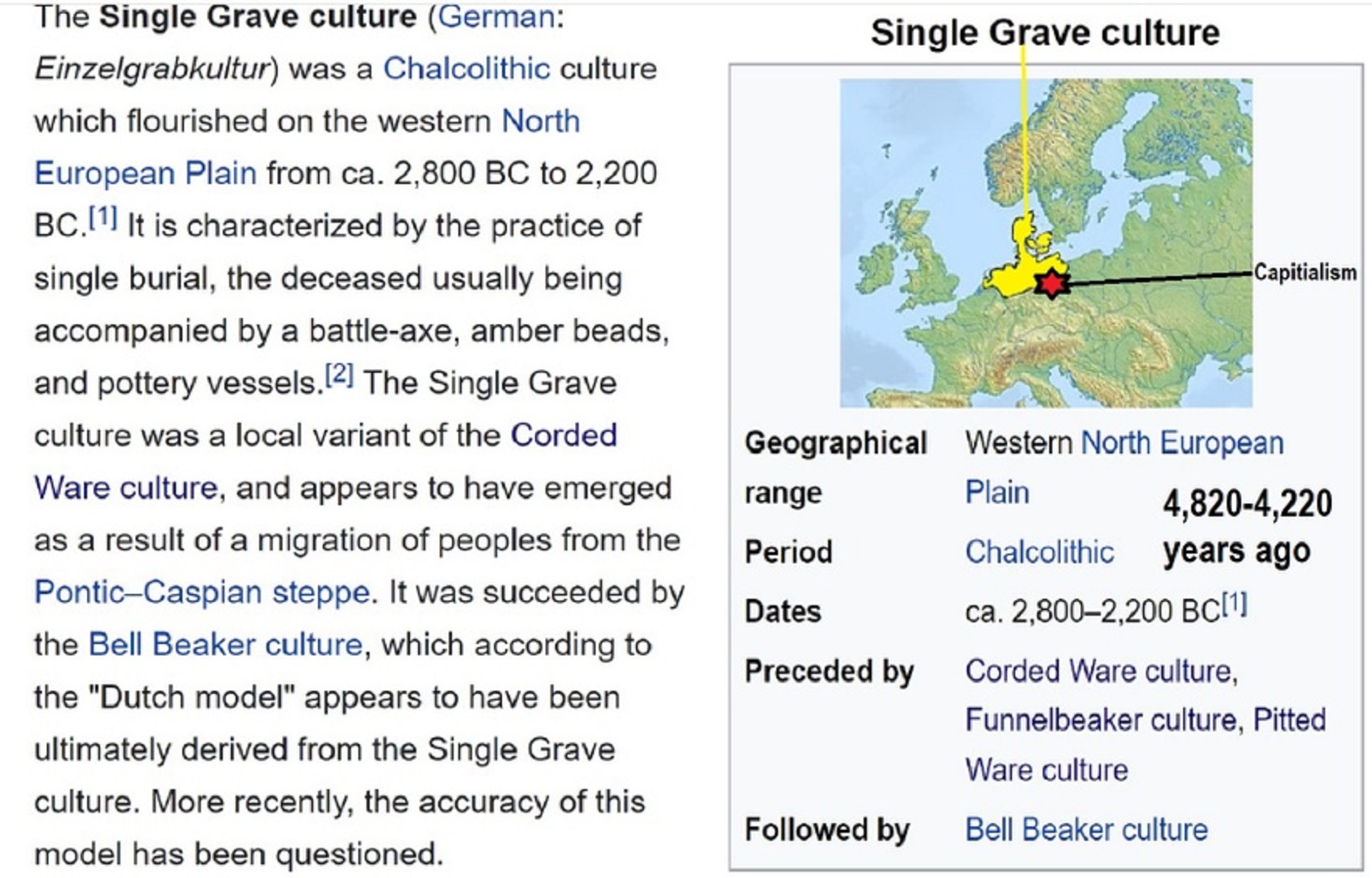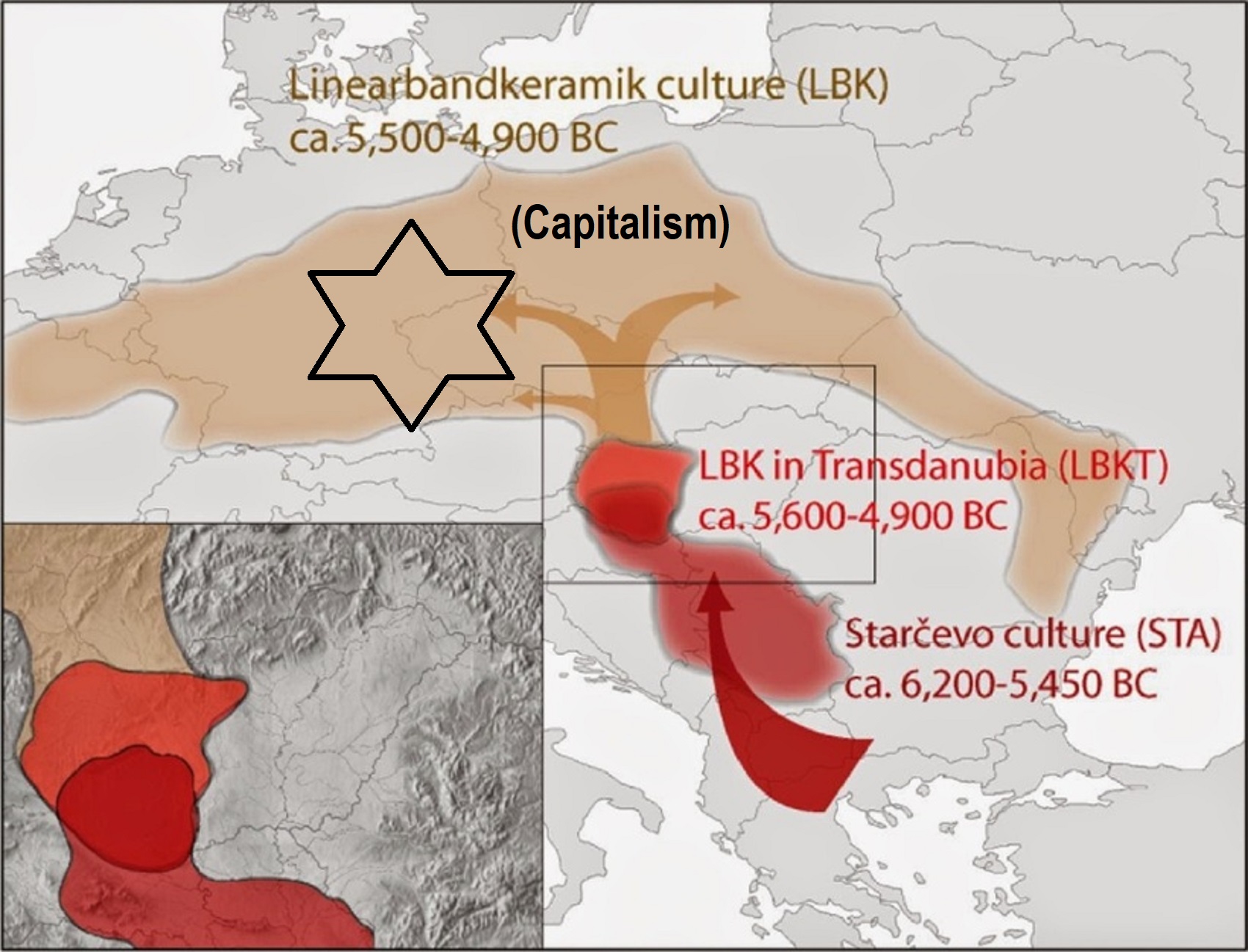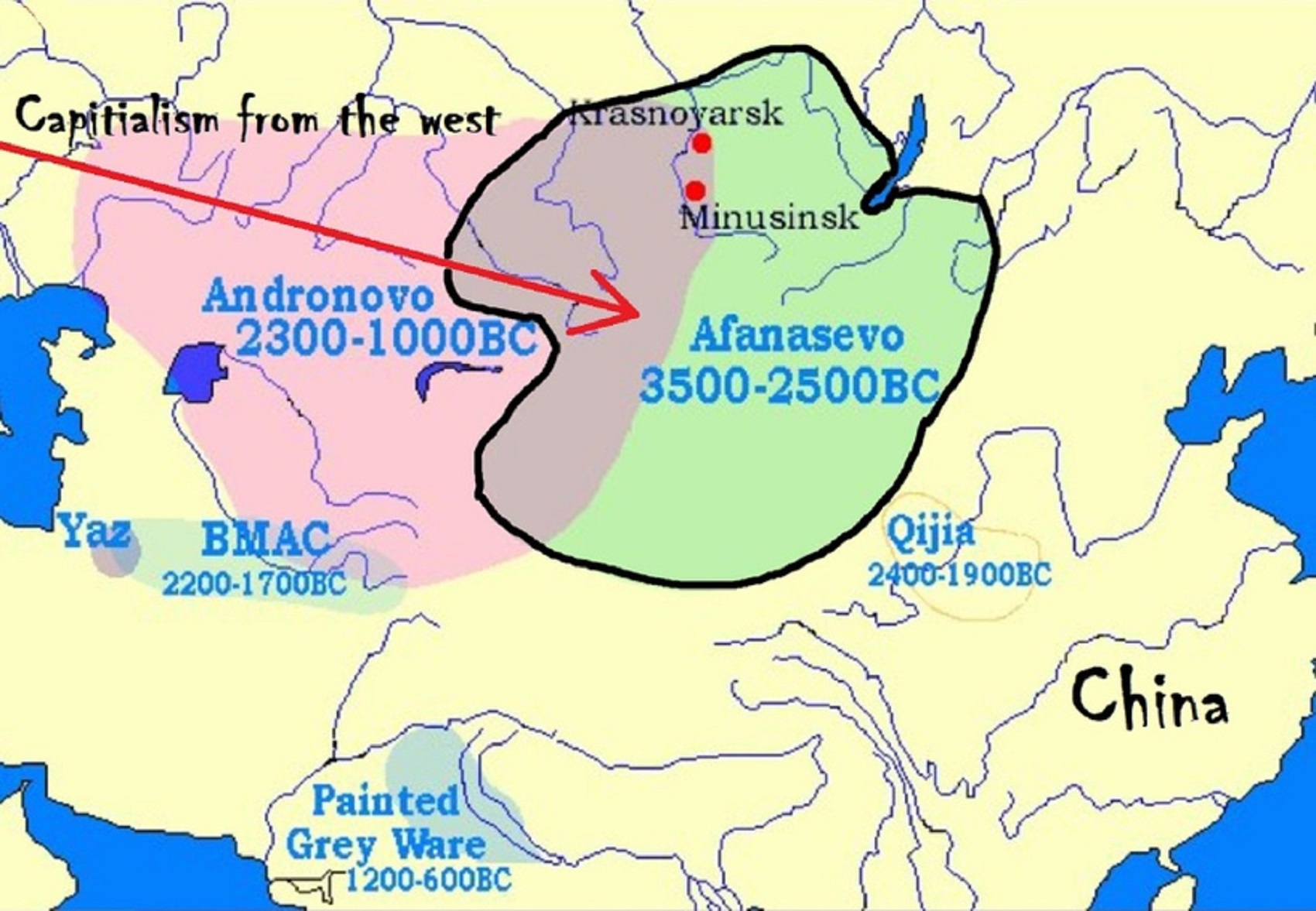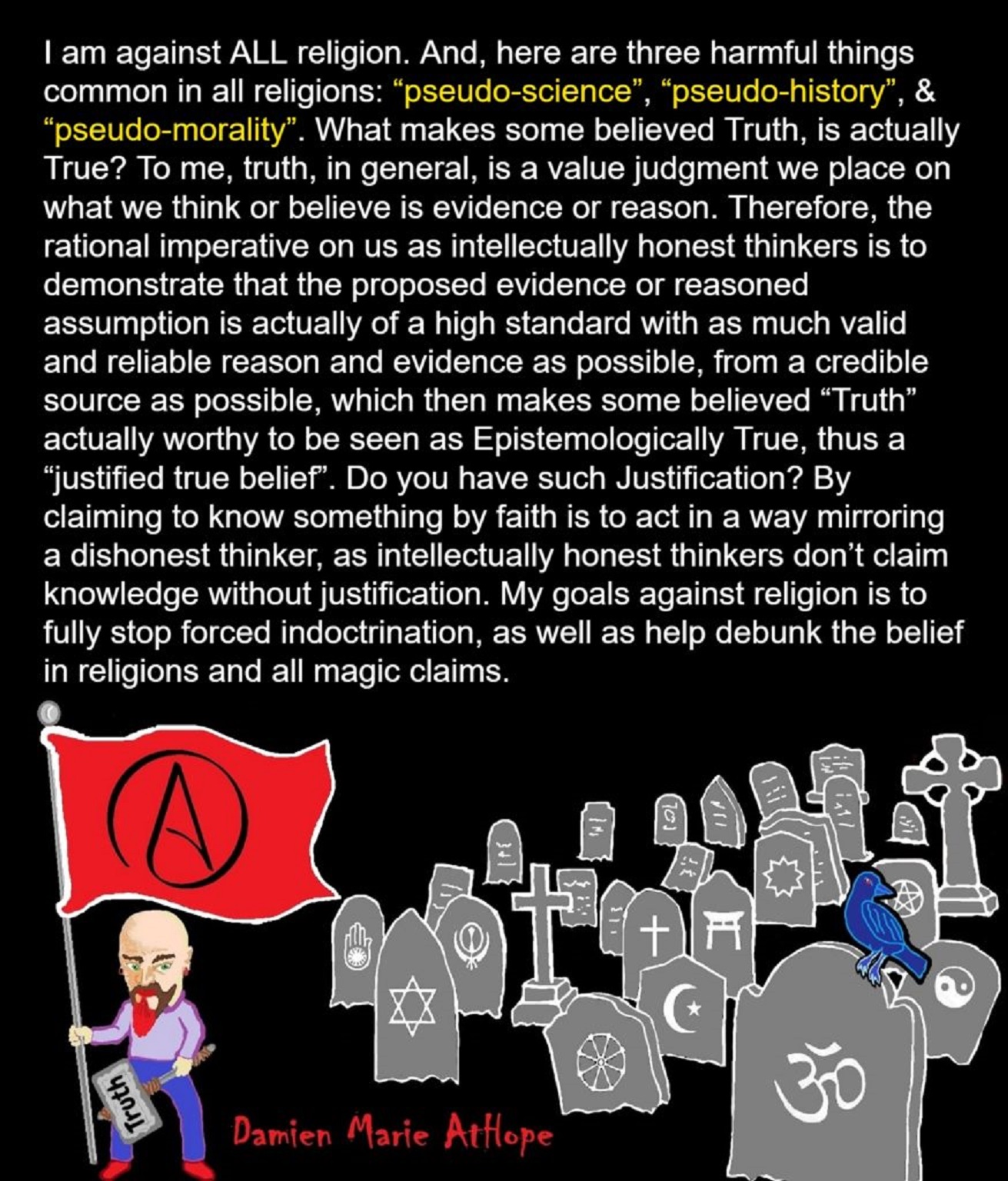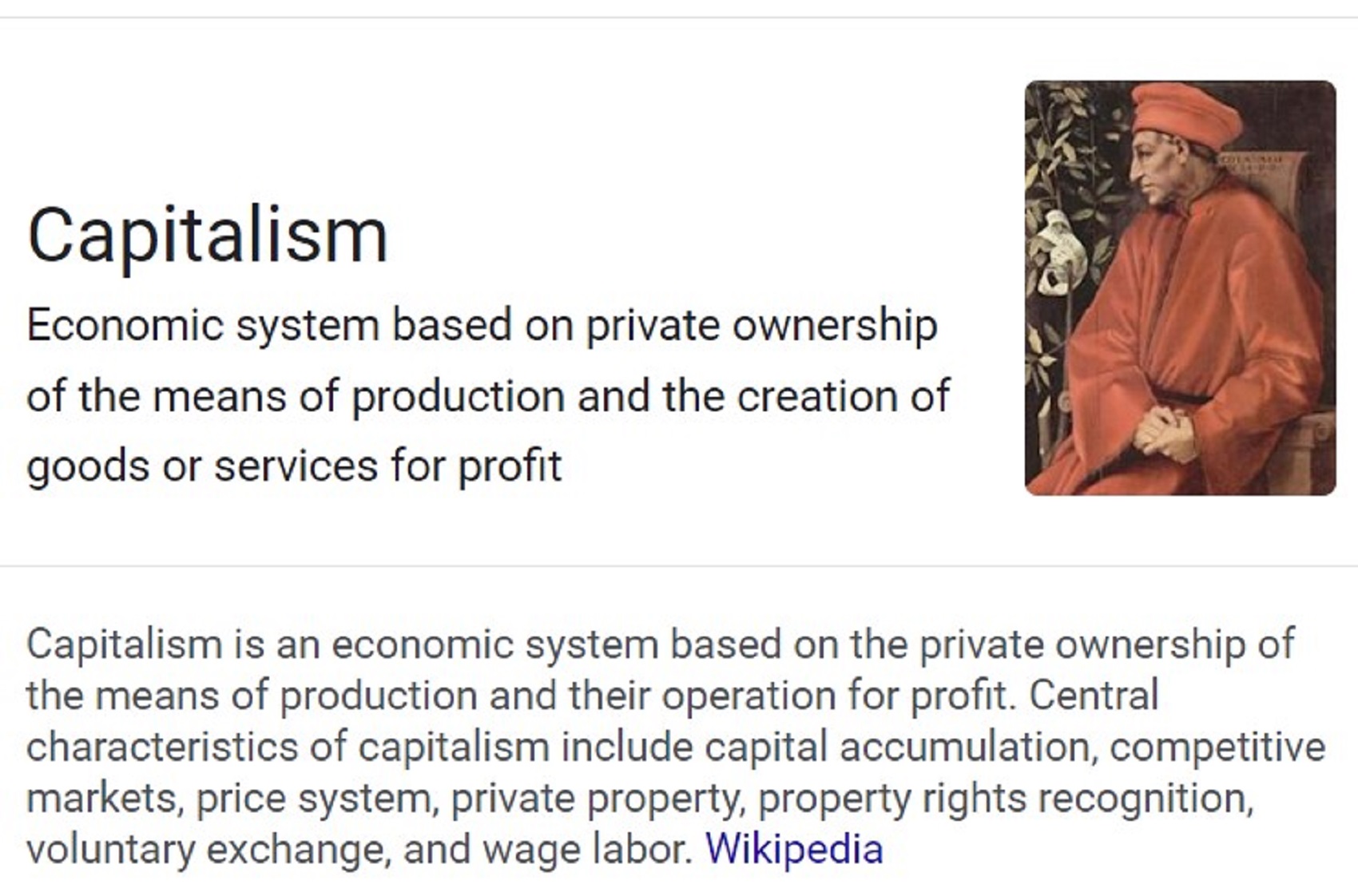
Capitalism is commonly a very predatory economic system, generally favoring profits above people as Capitalism’s sacred held (even if hidden) belief.
Capitalism is unethical but believed to be a-moral and yet they accept business ethics? My question is how does something called ethics accept Capitalism as not involved with ethics yet needs ethics in business and yet not for the acceptance that Capitalism interacts in ethics? In capitalism business ethics are only utilized or seen as useful as a protection of the capitalists and not used to protect workers from capitalism or the capitalist in business. So more like pseudo-ethics, got it.
State capitalism
“State capitalism is a form of capitalism that features high concentrations of state-owned commercial enterprises or state direction of an economy based on the accumulation of capital, wage labor, and market allocation. In some cases, state capitalism refers to economic policies such as dirigisme, which existed in France during the second half of the 20th century, and to the present-day economies of the People’s Republic of China and Singapore, where the government owns controlling shares in publicly traded companies. Some authors also define the former economies of the Eastern Bloc as constituting a form of state capitalism.”
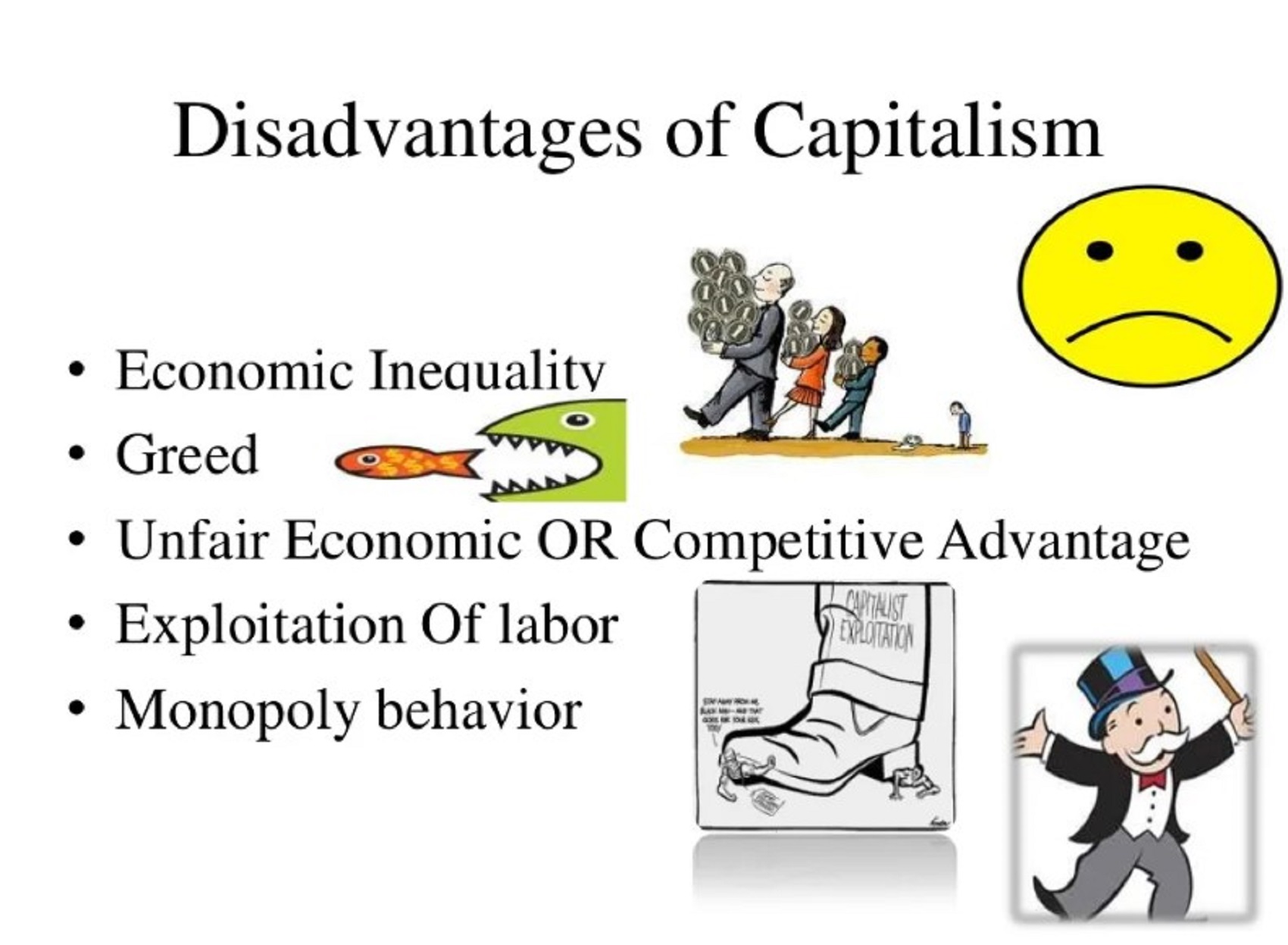
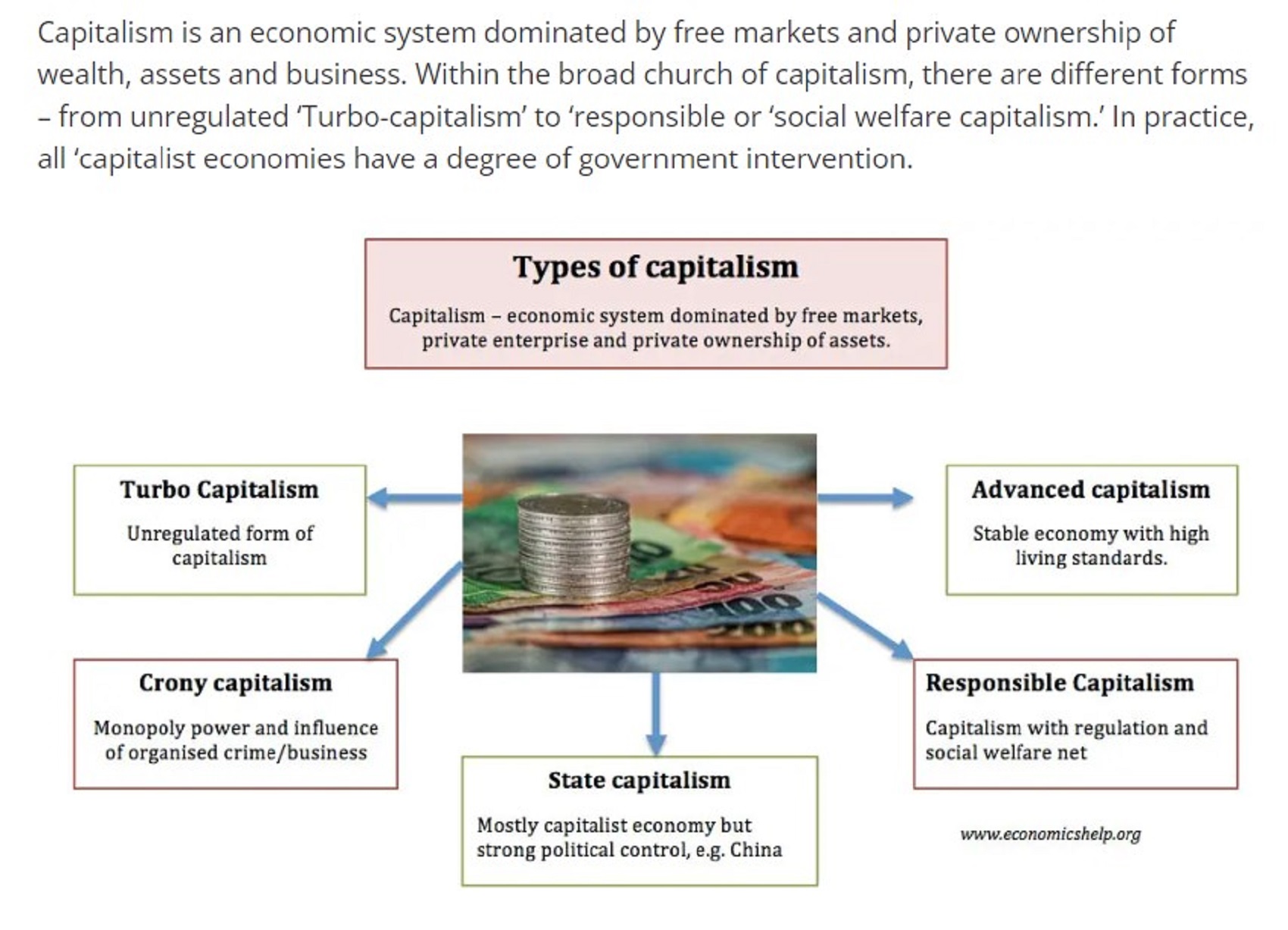
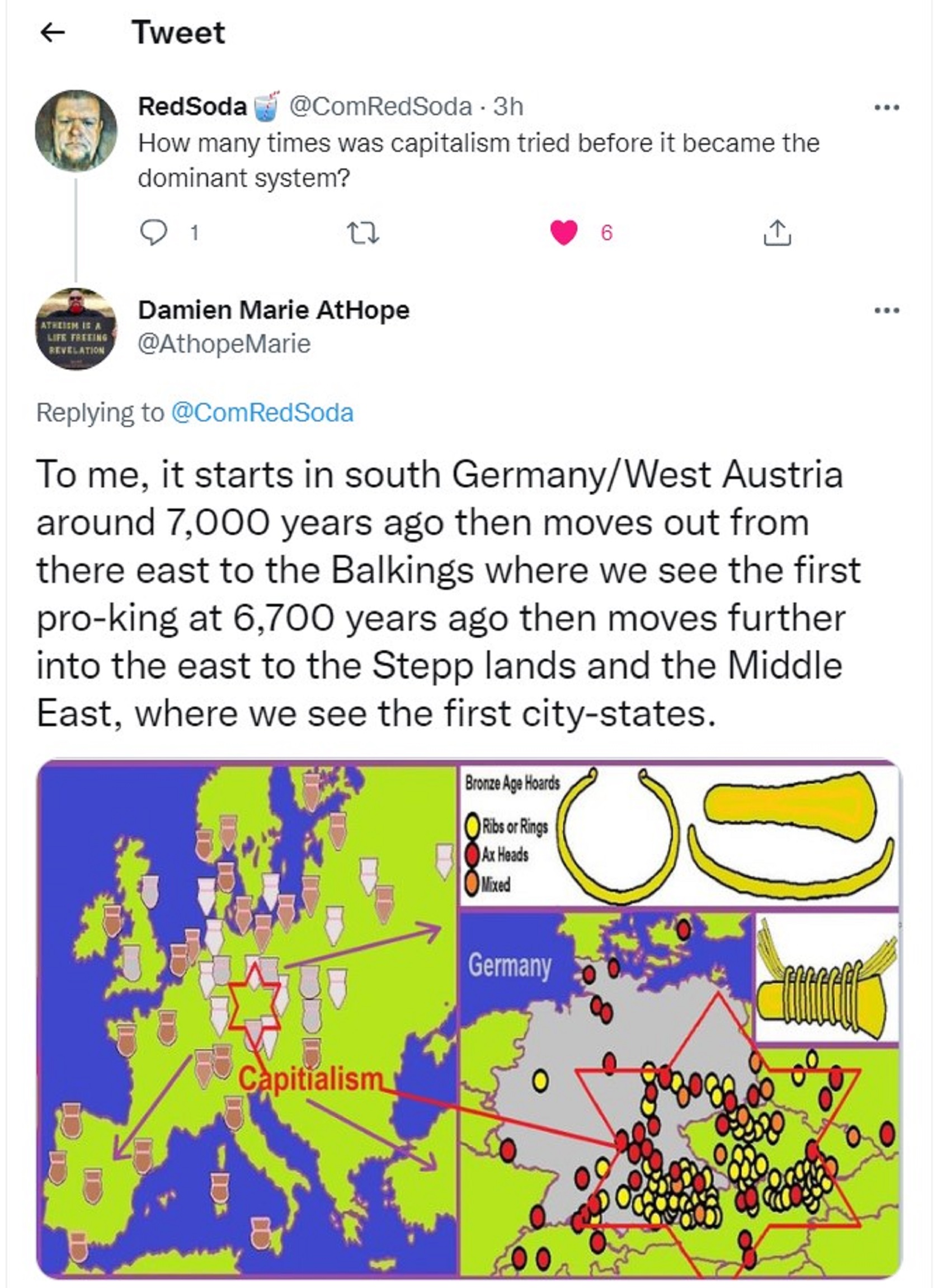
RedSoda @ComRedSoda
To me, Capitalism starts in south Germany/West Austria around 7,000 years ago then moves out from there east to the Balkings where we see the first pro-king at 6,700 years ago then moves further into the east to the Stepp lands and the Middle East, where we see the first city-states.
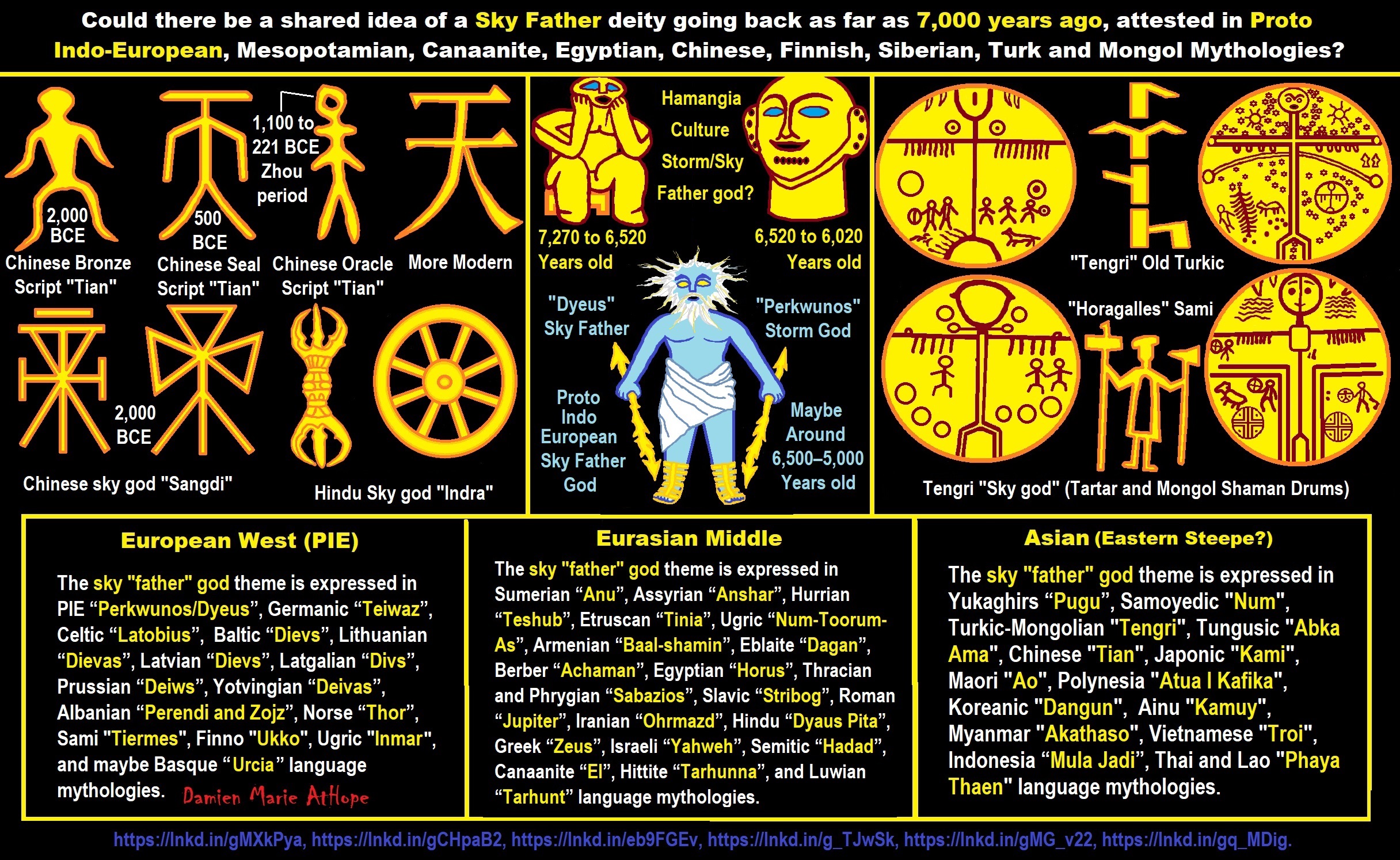
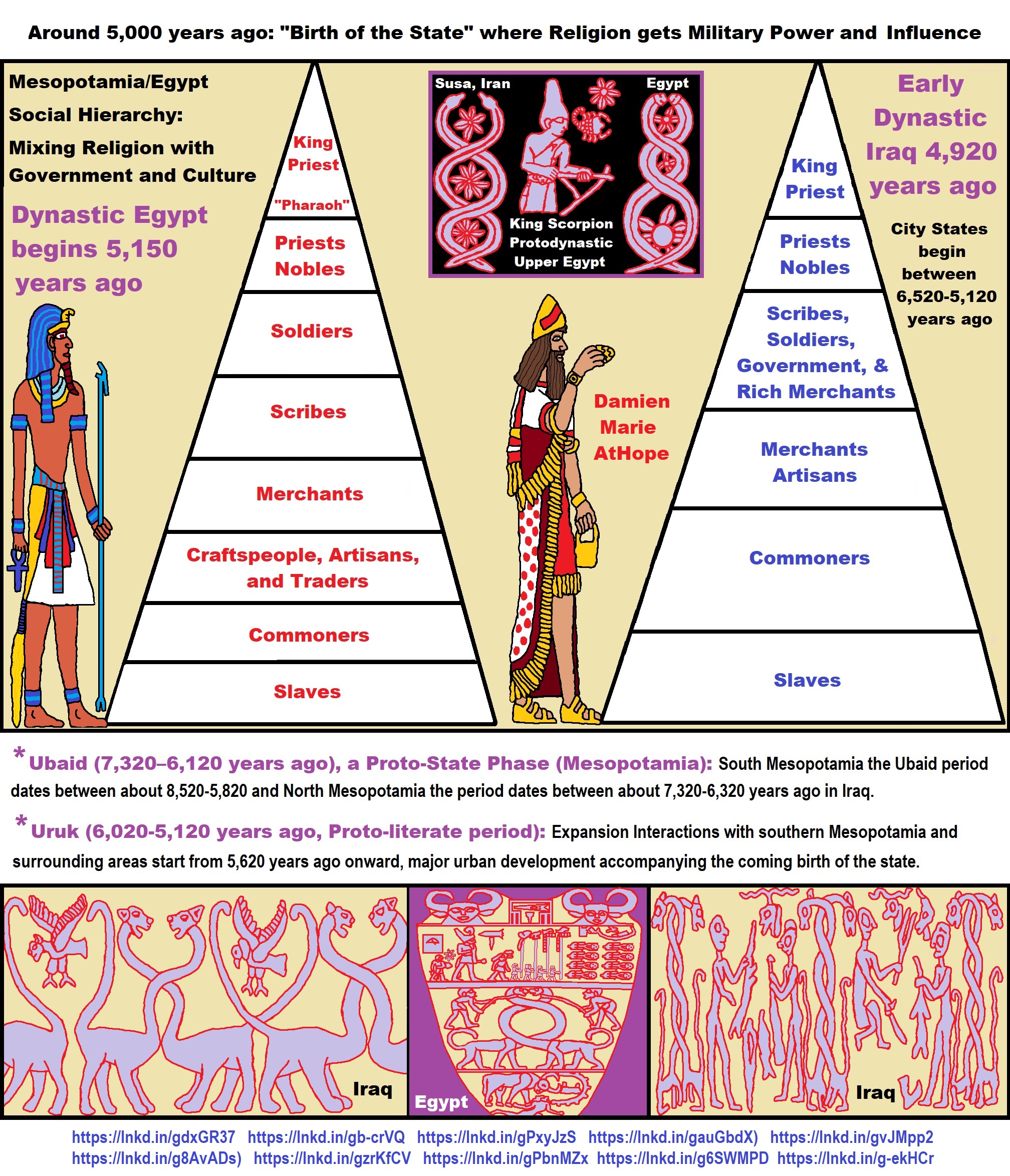
Prehistory: related to “Anarchism and Socialism” the division of labor, power, rights, and recourses. https://www.patreon.com/posts/54943467
7,000 years of Class Conflict, Class War Struggle Ain’t Nothing New!
I love when people of Statism-worship persuasion, love saying, things are so bad and we need to lower the struggle, I think what the delusion are you talking about, it has always been class war, crazy fucker, you know, for about 7,000 years ago of oppressions forced on us at the end.
Genetic analyses shows that 7,000-8,000 years ago, a closely related group of early farmers moved into Europe from the Near East, confirming the findings of previous studies. According to the “Anatolian hypothesis“, Indo-European languages were spread by the first farmers from the Near East 7,000-8,000 years ago. the “Steppe/Kurgan hypothesis“, which proposes that early Indo-European speakers were farmers on the grasslands north of the Black and Caspian Seas. Anthony’s “Revised Steppe Theory”, which David Anthony‘s The Horse, the Wheel and Language describes his “Revised Steppe Theory”. David Anthony considers the term “Kurgan culture” so lacking in precision as to be useless, instead of using the core Yamna culture and its relationship with other cultures as a point of reference. He points out that the Kurgan culture | prehistoric culture was so broadly defined that almost any culture with burial mounds, or even (like the Baden culture) without them could be included. He does not include the Maykop culture among those that he considers being IE-speaking, presuming instead that they spoke a Caucasian language.
Between 7,000-5,000 Years ago, rise of unequal hierarchy elite, leading to a “birth of the State” or worship of power, strong new sexism, oppression of non-elites, and the fall of Women’s equal status
Paganism 12,000-7,000 years old: related to “Anarchism and Socialism” (Pre-Capitalism)
Paganism 7,000-5,000 years old: related to “Anarchism and Socialism” (Capitalism)
Atheism is how we all start, then before 7 children tend to think animistically. But they would all outgrow this sometime after 7 as they learn more logical thinking so religion stunts people at the pre 7, “animistic state” that terrorizes them into adulthood supported by myths.
Capitalism to me starts around 7,000 years ago and latched itself to early paganism like that seen in the emergence of kings at or before 6,000 years ago then empires started around 5,000 years ago all filled with Capitalism and it all related to inequality and that became racism.
Capitalism is not the default as there was anarchist socialist/communist thinking and behaviors in almost all animism cultures and totemism is common to be socialist as well and shamanism as well is also common to be equality and socialist and pure paganism is as well.
Just think around 8/7,000 years ago there were almost no white faces in Europe and all the colonization has now made them believe they are the original people.
As people move into ever-larger concentrations, a further step to inequality, around 6,000 years ago, full cities appear, fate is sealed, elites and slaves. https://www.eurozine.com/change-course-human-history/
“Slavery was relatively rare in pre-civilisation hunter-gatherer populations, as it develops under conditions of social stratification. Slavery operated in the first civilizations (such as Sumer in Mesopotamia, which dates back as far as 3500 BCE or 5,521 years ago).” ref
“Shreds of evidence of slavery predate written records; the practice has existed in many – if not most – cultures. Mass slavery requires economic surpluses and a high population density to be viable. Because of this, the practice of slavery would have only proliferated after the invention of agriculture during the Neolithic Revolution, about 11,000 years ago.” ref
“Slavery occurred in civilizations as old as Sumer, as well as in almost every other ancient civilization, including ancient Egypt, ancient China, the Akkadian Empire, Assyria, Babylonia, Persia, ancient Greece, ancient India, the Roman Empire, the Arab Islamic Caliphate and Sultanate, Nubia and the pre-Columbian civilizations of the Americas. Ancient slavery consists of a mixture of debt-slavery, punishment for crime, prisoners of war, child abandonment, and children born to slaves.” ref
“Slavery features in the Mesopotamian Code of Hammurabi (c. 1860 BCE or 3,881 years ago), which refers to it as an established institution. Slavery was widespread in the ancient world. It was found in almost every ancient civilization, including the Roman Empire. It became less common throughout Europe during the Early Middle Ages, although it continued to be practiced in some areas.” ref
“Both Christians and Muslims captured each other as slaves during centuries of warfare in the Mediterranean. Islamic slavery encompassed mainly Western and Central Asia, Northern and Eastern Africa, India, and Europe from the 7th to the 20th century. The Dutch, French, Spanish, Portuguese, British and a number of West African kingdoms played a prominent role in the Atlantic slave trade, especially after 1600.” ref
I have learned a lot of prehistory of the entire world throughout all time until 4,000 years ago and am as confident as humanly possible that all gods and religions are but interesting cultural mythology that shares a family similar to language another cultural product. Be free. Atheists debated and argued mythology with god botherers, I studied the entire evolution of religion and now I am exposing it all to the world so they to can see the truth, religion is a cultural product, not reality, we can all now be atheists, work together as one shared humanity.
If I will not have enough honor to fight for humanity, then who should, right???
I hate religion as I hate harm, oppression, bigotry, and love equality, self-ownership, self-empowerment, self-actualization including self-mastery, as well as truth and not only does religion lie, it is a conspiracy theory of reality. Fear can be a mind killer and hate is a heart killer but my friend “Kindness” is there for everyone.
The scary thing likely to kill you in every state is Capitalism. The parasite feeding on us all. It as we all know is killing the habitability of our planet, ok but not enough? Ok, Capitalism is the truly scary thing likely to kill you, all so a billionaire can joyride in space.
Our side “the Left” is more often on the fact side, the other side “the Right” is a cesspool of mythology, propaganda, cult, conspiracy theories, and anti-intellectualism generally, or at least it seems as so many are out and proud of such foolishness.
Left vs. Right?
“Left-wing politics supports social equality and egalitarianism, often in opposition to social hierarchy. It typically involves a concern for those in society whom its adherents perceive as disadvantaged relative to others as well as a belief that there are unjustified inequalities that need to be reduced or abolished.” ref
“Right-wing politics represents the view that certain social orders and hierarchies are inevitable, natural, normal, or desirable, typically supporting this position on the basis of natural law, economics, or tradition. Hierarchy and inequality may be seen as natural results of traditional social differences or the competition in market economies. The term right-wing can generally refer to “the conservative or reactionary section of a political party or system.” ref
Different priorities of the left and the right, well, to me.
The right is concerned with respecting the individual against humanity, whereas the left is concerned with respecting the humanity of the individual. Or in other words, don’t care greed is good for some lucky individuals instead of care because charity is good for all individuals. The right thinks it is OK to live and not have humanity, the left thinks it is not OK to live without humanity.
I am for good governance even without governments and direct democracy as well. I hope we end the precedence as a good start.

Art by Damien Marie AtHope
I agree that Capitalism is not natural nor is it just but I see its starting roots as 7,000 years ago, while others put it at around 500 years old.

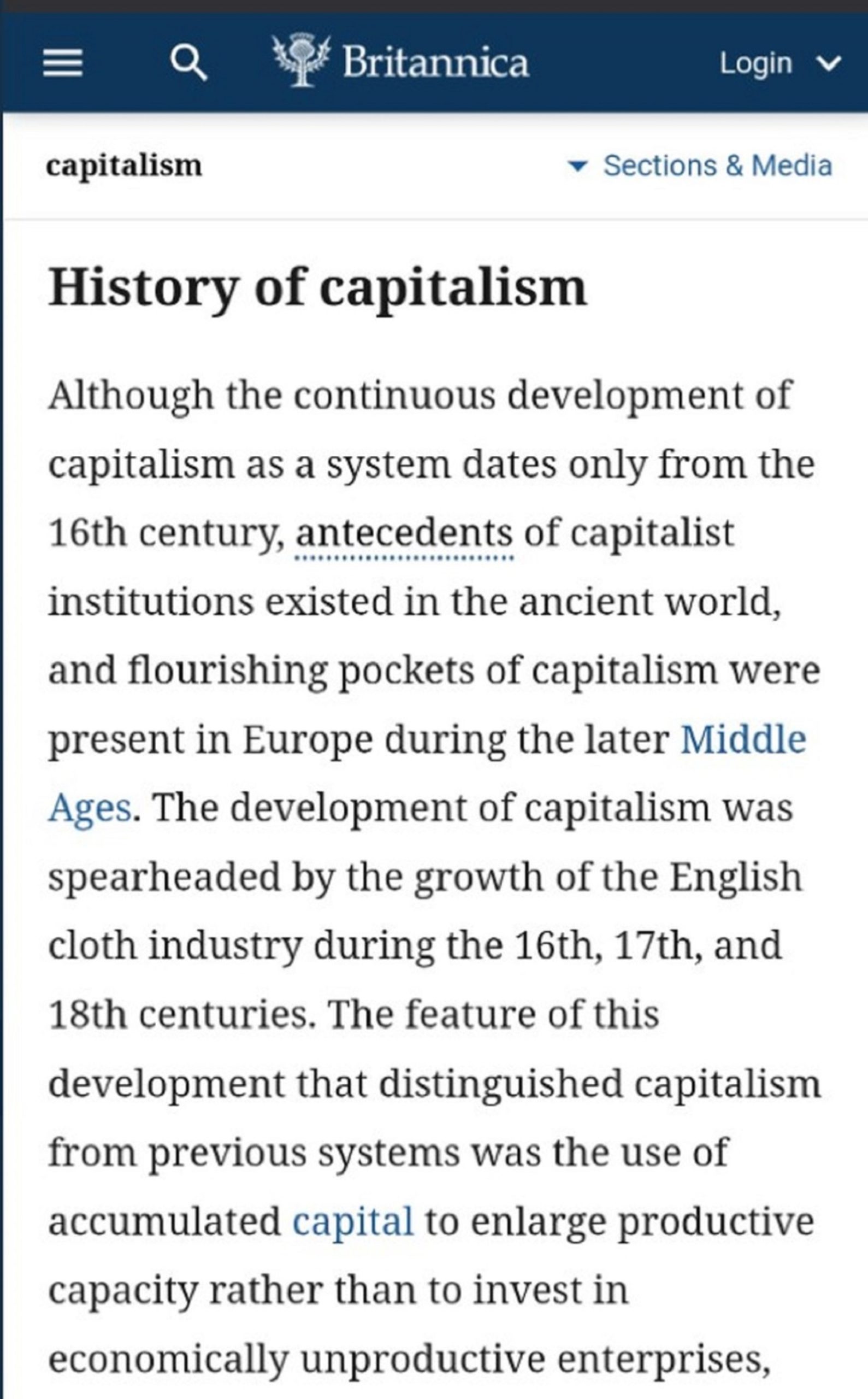
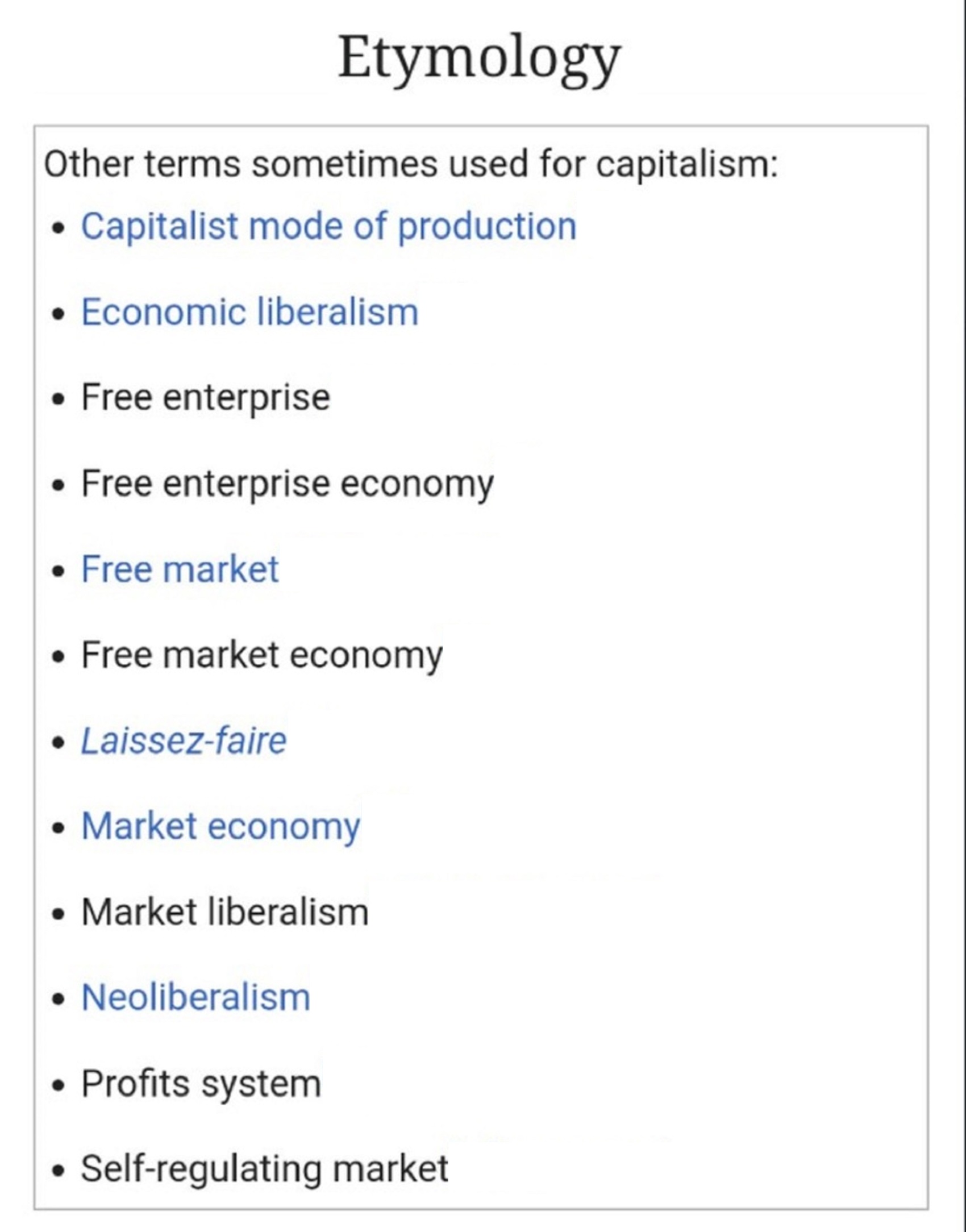

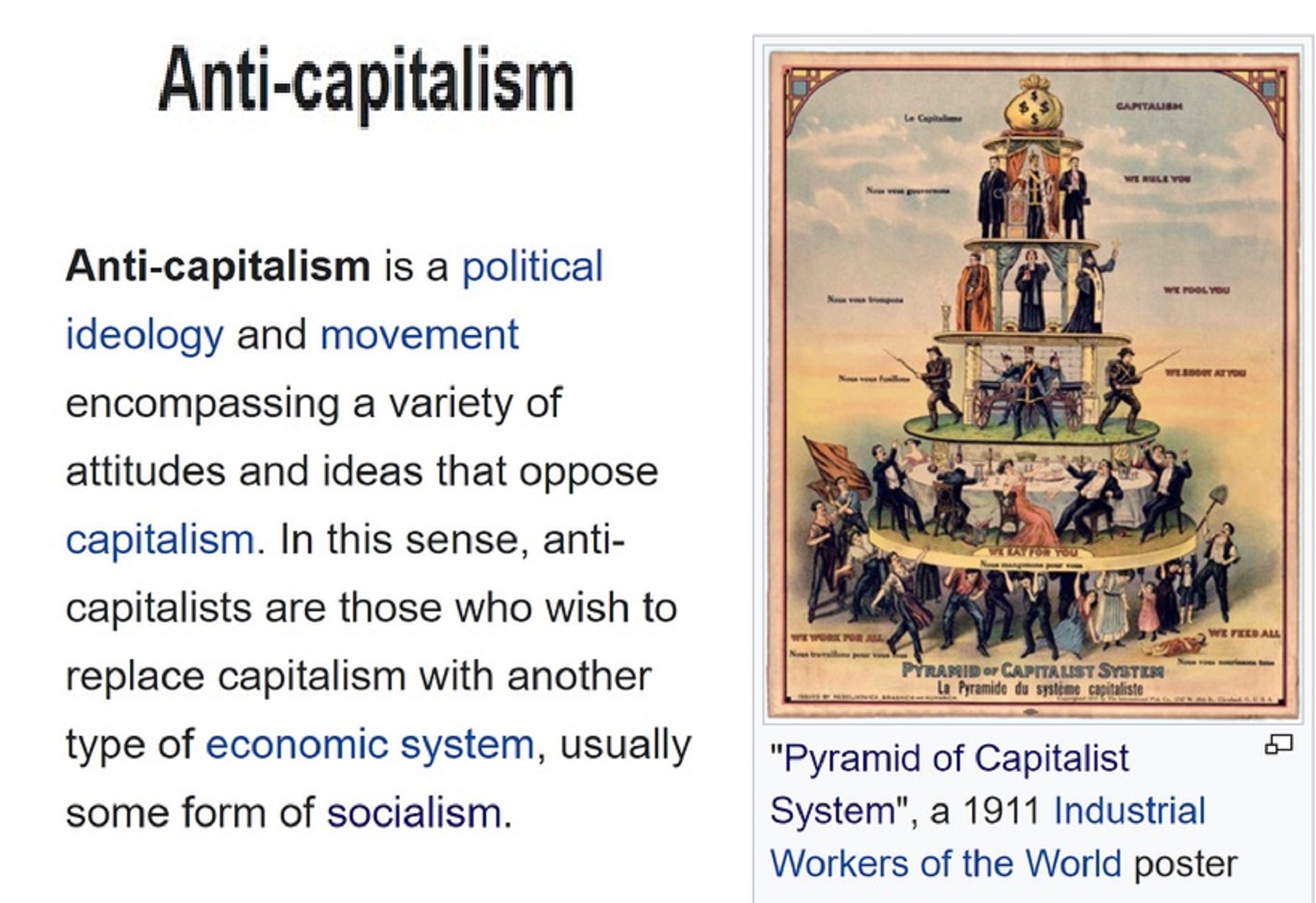
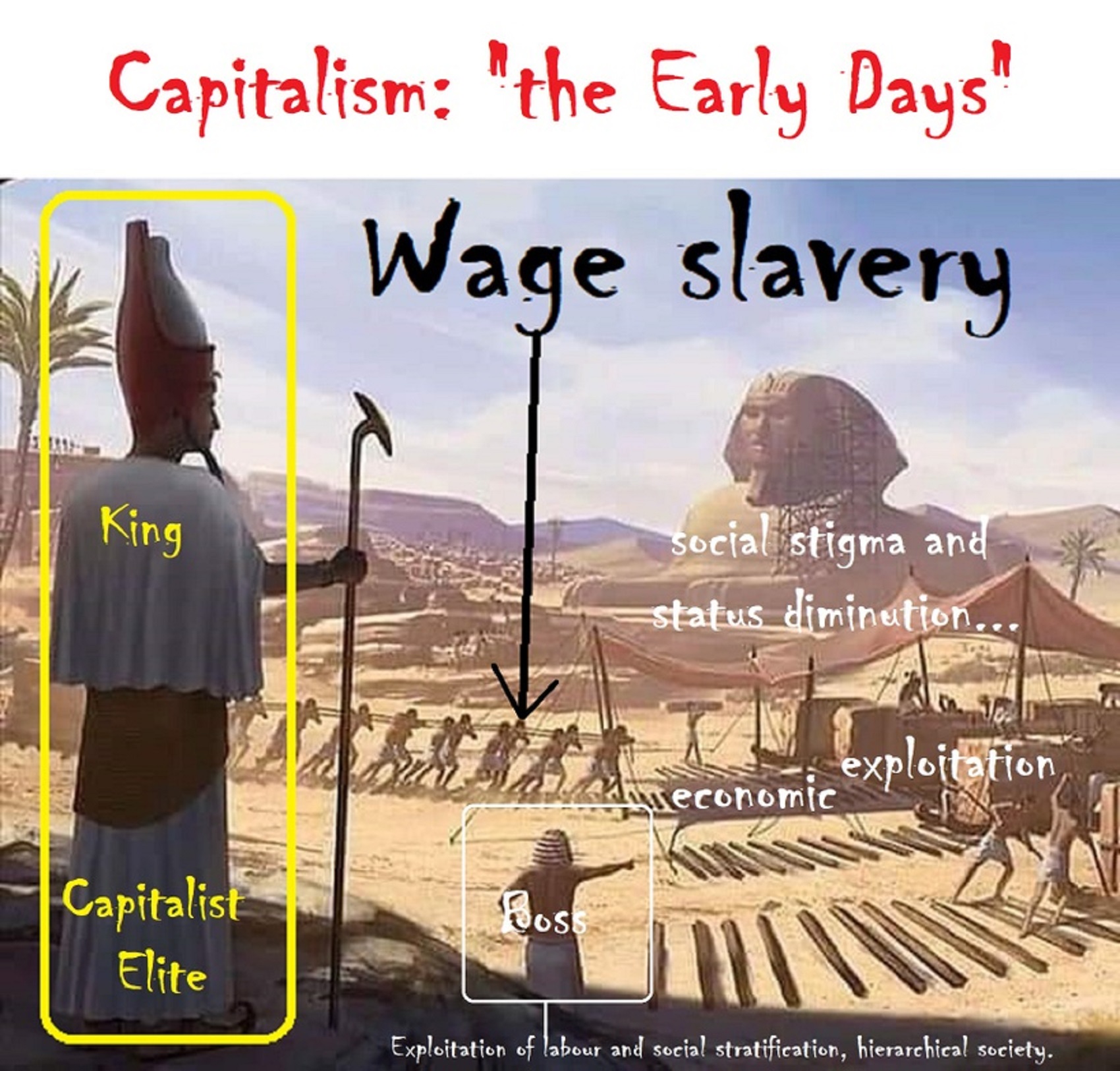

Wage Slavery
“Wage slavery is a term used to describe a situation where a person’s livelihood depends on wages or a salary, especially when the wages are low and the person has few realistic chances of upward mobility.” ref
“The term is sometimes used to criticize exploitation of labor and social stratification, with the former seen primarily as unequal bargaining power between labor and capital (particularly when workers are paid comparatively low wages, e.g. in sweatshops) and the latter as a lack of workers’ self-management, fulfilling job choices and leisure in an economy.” ref
“The criticism of social stratification covers a wider range of employment choices bound by the pressures of a hierarchical society to perform otherwise unfulfilling work that deprives humans of their “species character” not only under threat of starvation or poverty, but also of social stigma and status diminution. Historically, some socialist organizations and activists have espoused workers’ self-management or worker cooperatives as possible alternatives to wage labor.” ref
“Similarities between wage labor and slavery were noted as early as Cicero in Ancient Rome, such as in De Officiis. With the advent of the Industrial Revolution, thinkers such as Pierre-Joseph Proudhon and Karl Marx elaborated the comparison between wage labor and slavery, while Luddites emphasized the dehumanization brought about by machines. The introduction of wage labor in 18th-century Britain was met with resistance, giving rise to the principles of syndicalism and anarchism.” ref
“Before the American Civil War, Southern defenders of African American slavery invoked the concept of wage slavery to favorably compare the condition of their slaves to workers in the North. The United States abolished most forms of slavery after the Civil War, but labor union activists found the metaphor useful – according to historian Lawrence Glickman, in the Gilded Age “[r]eferences abounded in the labor press, and it is hard to find a speech by a labor leader without the phrase.” ref
The First Labor Strike in History?
“THE PROBLEM WAS THREE-FOLD: A LOSS OF LABOR FROM CASUALTIES IN WAR & THE EXPENSE IN REPELLING THE SEA PEOPLES, CORRUPT OFFICIALS, & POOR HARVESTS. OFFICIALS ORDERED PASTRIES DELIVERED TO THE STRIKING WORKERS & HOPED THEY WOULD BE SATISFIED & GO HOME.” ref
“For over 20 years Ramesses III had done his best for the people and, as he approached his 30th year, plans were set in motion for a grand jubilee festival to honor him. Egyptologist Toby Wilkinson notes:
The court now looked forward to the king’s thirty-year jubilee, determined to stage a celebration worthy of so glorious a monarch. There would be no stinting, no corners cut. Only the most lavish ceremonies would do. It was a fateful decision. Beneath the pomp and circumstance, the Egyptian state had been seriously weakened by its exertions. The military losses of 1178 were still keenly felt. Foreign trade with the Near East had never fully recovered from the Sea People‘s orgy of destruction. The temples’ coffers might be full of copper and myrrh, but their supplies of grain – the staple of the Egyptian economy – were gravely depleted. Against such a background, the jubilee preparations would prove a serious drain on resources. (334)” ref
“The troubles began in 1159 BCE, three years before the festival, when the monthly wages of the tomb-builders and artisans at Set-Ma’at (“The Place of Truth”, better known as Deir el-Medina) arrived almost a month late. The scribe Amennakht, who also seems to have served as a kind of shop steward, negotiated with local officials for the distribution of grain to the workers but this was only a temporary solution to an immediate problem; the underlying cause of the failure in payment was never addressed.” ref
“Instead of looking into what had gone wrong and trying to prevent it from happening again, officials dedicated themselves to preparation for the grand festival. The payment to the workers at Deir el-Medina was again late and then again late until, as Wilkinson writes, “the system of paying the necropolis workers broke down altogether, prompting the earliest recorded strikes in history” (335). The workers had waited for 18 days beyond their payday and refused to wait any longer. They lay down their tools and marched toward the city shouting “We are hungry!” They first demonstrated at Ramesses III’s mortuary temple and then staged a sit-in near the temple of Thutmose III.” ref
“The local officials had no idea how to deal with the situation; nothing like this had ever happened in the history of the country. Ma’at applied to everyone, from the king to the peasant, and everyone was expected to recognize his or her place in the scheme of the universe and act accordingly. Workers rising up and demanding their pay was quite simply an impossibility because it violated the principle of ma’at. With no understanding of how to deal with the problem, officials ordered pastries delivered to the striking workers and hoped they would be satisfied and go home.” ref
“The pastries were not enough, however, and the next day the men took over the southern gate of the Ramesseum, the central storehouse of grain in Thebes. Some broke into the inner rooms demanding their pay and the temple officials called the chief of police, a man named Montumes. Montumes told the strikers to leave the temple and return to their work but they refused. Helpless, Montumes withdrew and left the problem for the officials to resolve. The back pay was finally handed over after negotiations between the priest-officials and the strikers but no sooner had the men returned to their village than they discovered their next payment would not be coming.” ref
“Again the workers went on strike, this time taking over and blocking all access to the Valley of the Kings. The significance of this act was that no priests or family members of the deceased were able to enter with food and drink offerings for the dead and this was considered a serious offense to the memory of those who had passed on to the afterlife. When officials appeared with armed guards and threatened to remove the men by force, a striker responded that he would damage the royal tombs before they could move against him and so the two sides were stalemated.” ref
“By this time the men were no longer simply striking over the late payments but what they saw as a serious breach of ma’at. The king was supposed to take care of his people and that meant making sure that officials who oversaw payments did so correctly and in a timely manner. It was now going on three years since the strikes first started and the situation had not changed: the workers would not receive their pay, they would then go on strike, the officials would find the means to pay them, and the same scenario would be repeated again the next month. The tomb-workers and artisans claimed that injustice of the highest order was being perpetrated and they wanted that situation addressed.” ref
“The local government, however, still had no understanding of how to handle the problem. It was their responsibility to maintain order and, especially with the jubilee coming up, keep the peace and uphold the dignity of pharaoh. They could not send official word to the capital that the workers of Thebes refused to do their jobs or they could possibly face execution for failing to do their duty; so they did nothing. In keeping with the traditions of the culture, they should have sent word to the vizier who would then have looked into and corrected the problem. The vizier did, in fact, come to Thebes at about this time in order to collect statues for the jubilee celebration but there is no indication he was told anything about the striking workers.” ref
“The jubilee in 1156 BCE or 3,177 years ago was a great success and, as at all festivals, the participants forgot about their daily troubles with dancing and drink. The problem did not go away, however, and the workers continued their strikes and their struggle for fair payment in the following months. At last some sort of resolution seems to have been reached whereby officials were able to make payments to the workers on time but the dynamic of the relationship between temple officials and workers had changed – as had the practical application of the concept of ma’at – and these would never really revert to their former understandings again. Ma’at was the responsibility of the pharaoh to oversee and maintain, not the workers; and yet the men of Deir el-Medina had taken it upon themselves to correct what they saw as a breach in the policies which helped to maintain essential harmony and balance. The common people had been forced to assume the responsibilities of the king.” ref
Significance
“The strikes of the tomb-workers and artisans were especially influential because these men were among the highest paid and most respected in the country. If they could be treated this poorly, the reasoning went, then others should expect even worse. The influence of the strikes was also so great because these workers had the most to lose, were all very aware of the principle of ma’at and their duty to it, and yet chose to stand up against a governmental practice which they felt was unjust. What began as a complaint over late wages turned into an action protesting corruption and injustice. Toward the end of their strikes the workers were no longer chanting about their hunger but about the larger issue:
We have gone on strike not from hunger but because we have a serious accusation to make: bad things have been done in this place of Pharaoh. (Wilkinson, 337)” ref
“The success of the tomb-worker/artisan strikes inspired others to do the same. Just as the official records of the battle with the Sea Peoples never recorded the Egyptian losses in the land battle, neither do they record any mention of the strikes. The record of the strike comes from a papyrus scroll discovered at Deir el-Medina and most probably written by the scribe Amennakht. The precedent of workers walking away from their jobs was set by these events and, although there are no extant official reports of other similar events, workers now understood they had more power than previously thought. Strikes are mentioned in the latter part of the New Kingdom and Late Period and there is no doubt the practice began with the workers at Deir el-Medina in the time of Ramesses III.” ref
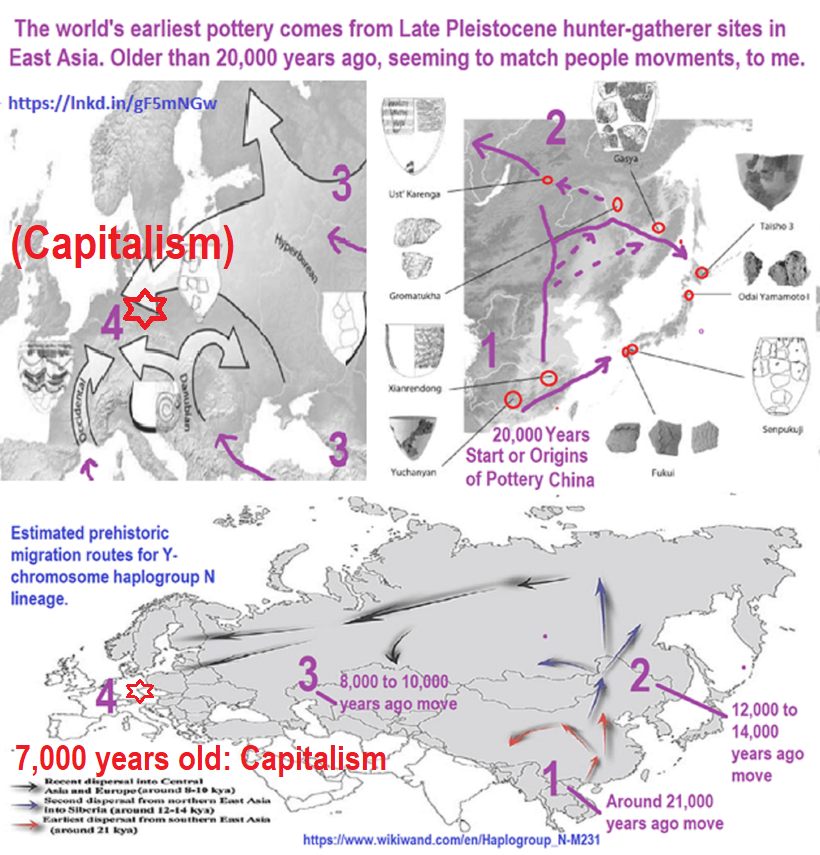
The family of languages including Japanese, Korean, Turkish, and Mongolian share genetic ancestry, called Transeurasian languages, with an origin related to millet farmers in northeastern China about 9,000 years ago. ref
The spread of Transeurasian languages was due to agriculture realized in interdisciplinary support for the farming “Farming Hypothesis” of language dispersal, tracing the Transeurasian languages back to the first farmers moving across Northeast Asia beginning in the Early Neolithic. ref
“The present contribution is concerned with the areal concentration of a number of linguistic features in the Transeurasian languages and its historical motivation. The label “Transeurasian” was coined by Johanson & Robbeets with reference to a large group of geographically adjacent languages, traditionally known as “Altaic”, that share a significant number of linguistic properties and include up to five different linguistic families: Japonic, Koreanic, Tungusic, Mongolic, and Turkic.” ref
“The question of whether all similarities between the Transeurasian languages should be accounted for by language contact or whether some are the residue of a common ancestor is one of the most debated issues of historical-comparative linguistics (see Robbeets 2005 for an overview of the debate). Since the term, ‘linguistic area’ implies that the shared properties are the result of borrowing, the researcher will refrain from a priori attaching it to the Transeurasian region and rely on the concept of “areality” instead, i.e. the geographical concentration of linguistic features, independent of how these features developed historically.” ref
“Only after evaluating 27 structural features shared across the Transeurasian languages, the researcher will consider how the insights from the data are relevant for historical statements about the way the languages may have come to share these features, considering diffusion, genealogical relationship, or an interaction of both factors as possible explanations.” ref
“In spite of the strong polarization in the Transeurasian field between so-called “retentionists”, who view the similarities as arising from common descent, and “diffusionists”, who view them as arising from areal interaction, detailed characterizations of Transeurasian as a linguistic area are surprisingly rare in the linguistic literature.” ref
“Poppe (1964) analyzed Altaic as a “language type” on the basis of a list of structural parallels shared between Korean, Tungusic, Mongolic, and Turkic languages and Rickmeyer (1989) elaborated on this research, adding data from Japanese. Even if these contributions provide an impressive list of shared features, they do not strictly identify Transeurasian as a language area because they do not (i) delimit the language type in relation to its neighbors, (ii) list deviations from the prototypical type in the peripheries, (iii) consider the extent to which the features in question are common or rare across the world as a whole or (iv) attempt to distinguish contact-induced from genealogically motivated features.” ref
“The researcher attempts a partial answer to these concerns by providing a typological profile of selected Transeurasian languages, along with their oldest linguistically reliable historical varieties, and by comparing this profile with the behavior of languages immediately outside the Transeurasian region. In order to examine external boundaries, I have included adjacent languages to the east (Ainu and Nivkh in the northeast and Rukai in the southeast), to the south (Mandarin Robbeets — Chinese), and to the north (Kolyma Yukaghir, Ket, and Eastern Khanty).” ref
“These languages are taken as horizontal comparative points representative of surrounding areas such as the Siberian area (Nivkh, Kolyma Yukaghir, Ket, Eastern Khanty) or the Mainland Southeast Asia area (Mandarin) and neighboring families such as Austronesian (Mantauran Rukai), Sino-Tibetan (Mandarin), Yukaghiric (Kolyma Yukaghir), Yeniseic (Ket), Uralic/Ob-Ugric (Eastern Khanty) or Ainuic (isolate Ainu). Although Eastern Khanty can be taken as a representative of the Uralic languages, the main boundary to the west, the researcher have paid less attention to additional western boundaries, excluding sample languages from the Caucasus region or from the Indo-European languages because of the limited space available here.
“The vertical comparison points in my analysis consist of a list of 27 features, chosen to maximize positive (+) values for Transeurasian as opposed to neighboring languages. Although all features reflect a certain internal coherence, about half of them (i.e. 13) display deviations from the prototypical type in the peripheries. Where possible, the researcher added an estimation of the degree to which the feature under discussion is common or rare across the world’s languages, relying on the counts in the World Atlas of Language Structures or on other typological research to be specified.” ref
“Given the controversy between diffusionists and retentionists, we cannot simply amass a number of shared features among the Transeurasian languages and allow geographical adjacency to imply the probability of diffusion, without requiring any linguistic support for this. Therefore, historical evidence suggesting the diffusion or the retention of traits may be particularly telling in this particular case.” ref
“For representatives of the contemporary varieties of the five families belonging to the Transeurasian continuum, the researcher has chosen Turkish (Turkic), Khalkha Mongolian (Mongolic), Evenki (Tungusic), Korean (Koreanic), and Japanese (Japonic) as horizontal comparison points. However, in order to allow a diachronic perspective, their profile will be supplemented by values from the oldest linguistically reliable historical varieties of the individual families, i.e. Old Turkic (8th-14th century), Middle Mongolian (13th-17th century), and/or Written Mongolian, Manchu (17th-19th century), Middle Korean (15th-16th century) and Old Japanese (8th century).” ref
“In case a diachronic variety does not openly or productively reflect a certain feature, but nevertheless preserves a trace of it, indicating that the value was positive in an earlier stage of the language, the historical variety will be marked with a plus. In this way, we can obtain a glimpse of the unrecorded typological past of the language in question.” ref
“The linguistic levels discussed will include phonology, lexicon and semantics, morphology and syntax. The researcher intends to treat grammaticalization patterns as a distinct level of analysis because, rather than representing a static feature value, they are concerned with a dynamic force, leading in languages to change from a less to a more grammatical status. A tabular overview, summarizing the presence of the 27 examined features in the selected languages by way of plus (+) and minus (-) values.” ref
“The researcher considers how the insights from these data are relevant for general statements about areality, paying attention to the delimitation of areality, peripheral deviations from the prototype, changes in areality and the distinction between diffused and inherited features.” ref
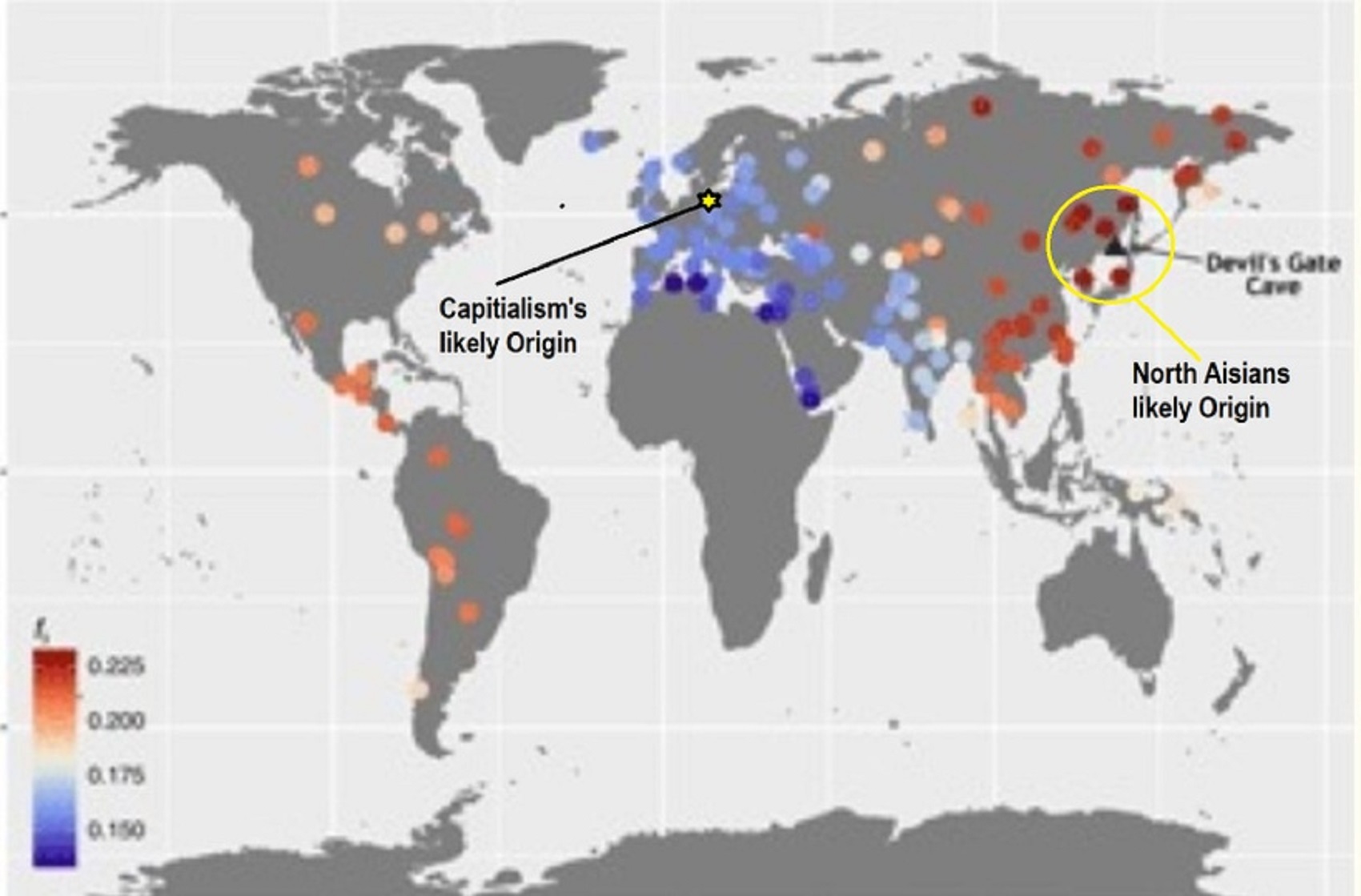
N DNA in China when it started north was Animism but as it hit Siberia they met the totemistic shamanists and both were the same after that but they also pick up paganism as they head west. Creating paganistic shamanism with the totemism seemingly even stronger than ever as it evolved as well.
And it is likely the devil’s people as to a potential “why” we have pyramids all over the world where ever they went.
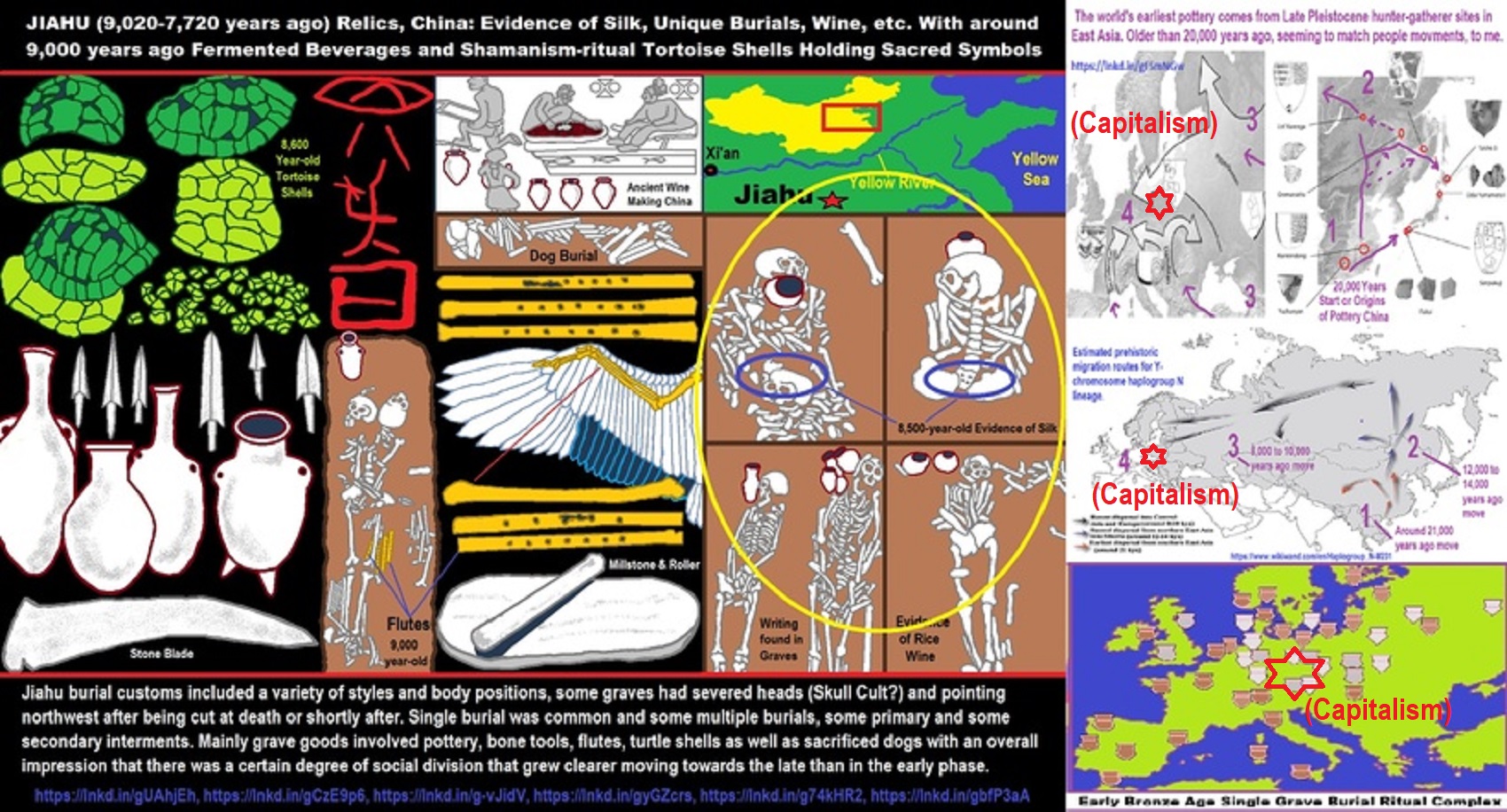
Inventions, discoveries, introductions
- Farming reaches Atlantic coast of Europe from Ancient Near East (around 7,000 years ago)
- Maize is cultivated in Mexico (around 7,000 years ago)
- Proto-writing, such as ideographic Vinča symbols, Tartaria tablets (around 7,000 years ago)
- around 7,000 years ago, Metallurgy during the Copper Age in Europe
- around 7,000 years ago, agriculture starts in Ancient Japan; beans and gourds are cultivated
- Plough is introduced in Europe (around 6,500 years ago)
- Copper pins dating to around 6,000 years ago found in Egypt
- Water buffalo are domesticated in China
- Beer brewing is developed
- Wheel is developed in Mesopotamia and India.
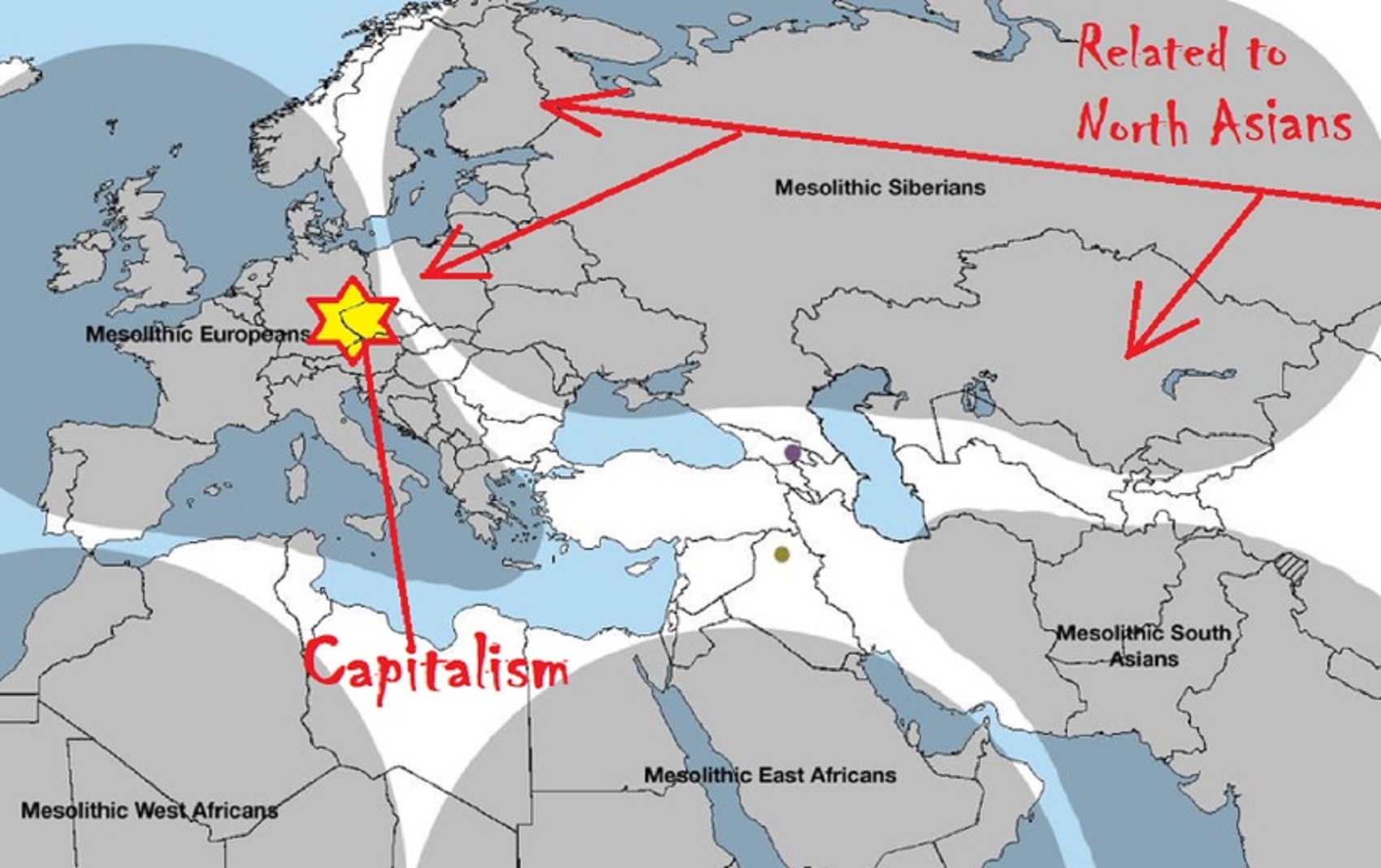
Something Weird Happened to Men 7,000 Years Ago, And We Finally Know Why
“Around 7,000 years ago – all the way back in the Neolithic – something really peculiar happened to human genetic diversity. Over the next 2,000 years, and seen across Africa, Europe, and Asia, the genetic diversity of the Y chromosome collapsed, becoming as though there was only one man for every 17 women.” ref
“Now, through computer modeling, researchers believe they have found the cause of this mysterious phenomenon: fighting between patrilineal clans. Drops in genetic diversity among humans are not unheard of, inferred based on genetic patterns in modern humans. But these usually affect entire populations, probably as the result of a disaster or other event that shrinks the population and therefore the gene pool.” ref
“But the Neolithic Y-chromosome bottleneck, as it is known, has been something of a puzzle since its discovery in 2015. This is because it was only observed on the genes on the Y chromosome that get passed down from father to son – which means it only affected men.” ref
“This points to a social, rather than an environmental, cause, and given the social restructures between 12,000 and 8,000 years ago as humans shifted to more agrarian cultures with patrilineal structures, this may have had something to do with it. In fact, a drop in genetic diversity doesn’t mean that there was necessarily a drop in population. The number of men could very well have stayed the same, while the pool of men who produced offspring declined.” ref
Why Do Genes Suggest Most Men Died Off 7,000 Years Ago?
“Modern men’s genes suggest that something peculiar happened 5,000 to 7,000 years ago: Most of the male population across Asia, Europe, and Africa seems to have died off, leaving behind just one man for every 17 women.” ref
“This so-called population “bottleneck” was first proposed in 2015, and since then, researchers have been trying to figure out what could’ve caused it. One hypothesis held that the drop-off in the male population occurred due to ecological or climatic factors that mainly affected male offspring, while another idea suggested that the die-off happened because some males had more power in society, and thus produced more children.” ref
“Now, a new paper, published May 25 in the journal Nature Communications, offers yet another explanation: People living in patrilineal clans (consisting of males from the same descent) might have fought with each other, wiping out entire male lineages at a time. [Image Gallery: Our Closest Human Ancestor]” ref
“That ratio of 17 females for every one male “struck us as being very extreme, and there must be another explanation,” said senior study author Marcus Feldman, a population geneticist at Stanford University in California. According to their new explanation, the male population didn’t take a nosedive, but rather the diversity of the Y chromosome decreased due to the way people lived and fought with each other. In other words, there weren’t actually fewer males, just less diversity among the males.” ref
“Humans have 23 pairs of chromosomes that carry most of our genes. Of these, the 23rd pair is what determines our sex: Whereas females have two X chromosomes, males have one X chromosome and one Y chromosome.” ref
“Because offspring inherit one chromosome from each parent, genes usually get shuffled around, increasing the diversity across species. But the Y chromosome, having no female counterpart, doesn’t get shuffled, so it stays pretty much the same from grandfather to father to son (save for any mutations that occur, which explains why the Y chromosome does differ among males).” ref
War might’ve caused the Y chromosome bottleneck
“To test their theory, the researchers conducted 18 simulations in which they created different scenarios for the bottleneck that included factors such as Y chromosome mutations, competition between groups, and death. Their simulations showed that warfare between patrilineal clans could have caused this so-called “Y chromosome bottleneck,” because the members of each patrilineal clan would have very similar Y chromosomes to each other. So, if one clan killed off another, it would also slash the chance of that family’s Y chromosome moving on to offspring.” ref
“In the researchers’ simulations in which patrilineal clans didn’t exist, however, the bottleneck didn’t occur.” ref
“What’s more, there was no such bottleneck in the women of the time, as is shown by mitochondrial DNA — a type of DNA that’s passed down only from mother to child. “In that same group, the women could have come from anywhere,” Feldman told Live Science. “They would’ve been brought into the group from either the victories that they had over other groups, or they could’ve been females who were residing in that area before.” ref
“As an example, he added, if you look at colonization throughout history, people generally “killed all the men and kept the women for themselves.” ref
“Monika Karmin, a population geneticist at the University of Tartu in Estonia who was not part of the new study, told Live Science that the “beauty of their study” is the way the researchers framed their hypothesis and demonstrated that “fighting clans are indeed likely to cause a drastic drop in male genetic diversity. [Gallery: Ancient Chinese Warriors Protect Secret Tomb]” ref
“However, we do have to keep in mind that there is very little information on the actual societal organization from that time,” said Karmin, who was the lead author of the 2015 study that first proposed the bottleneck. So, there could have been other “sociocultural” forces at play, she said.” ref
“The researchers did “careful computer simulations, whereas the previous papers had not,” said Chris Tyler-Smith, an evolutionary geneticist at the Sanger Institute in the United Kingdom who was not involved with the study. “The assumption that [the cause of the bottleneck] was warfare is a reasonable one,” especially given the time period, he added.” ref
“People were still living in small clans doing small-scale farming 5,000 to 7,000 years ago, a time right before people moved into larger societies and built large cities. It was a “transition between early farming using stone tools and later farming in societies using metal tools,” Tyler-Smith told Live Science.” ref
“But after this bottleneck, “you see the start of societal organizations and the shift from small-scale societies to having cities and organizations of people into groups that are not so intent on maintaining the Y chromosome lineage,” Feldman said. During this time, the male population bounced back, he added.” ref
“Normally, researchers focus on behavior that may have a genetic basis but not on behavior that influences genes, Feldman said. The new finding is “an example of what a cultural preference can do in changing the level of genetic variation.” ref
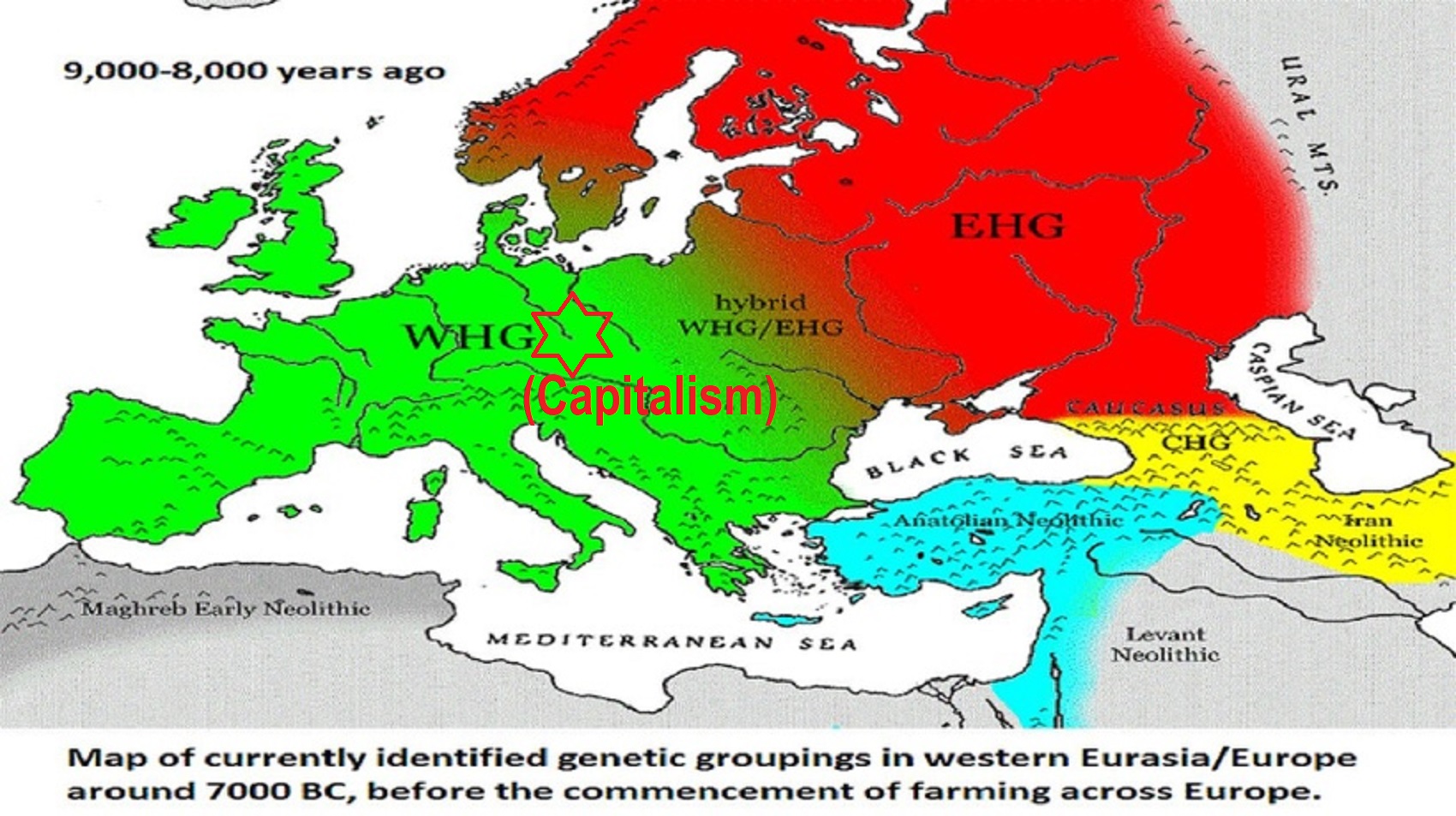
Is gender inequality man-made?
People have long accepted that political power is man-made rather than god-given. But it’s been different for gender equality. History, religion, science, everything, in fact, have seemed to condemn feminism for being against the natural order. Are there examples of true gender equality in the history of mankind? And if so, how far do we have to go back?
Catalhöyük – aggressively egalitarian?
“It’s hard to get one’s 21st-century head around the Catalhöyük settlement, which existed from approximately 7500 – 5700 BCE or 9,520-7,720 years ago. Its early inhabitants lived at the dawn of agriculture. They had semi-domesticated animals and were learning to sow crops. Not only did women have the same diets as men and inhabit the same physical space, but there were no wider hierarchies in the community. Professor Ian Hodder explains, ‘there is no evidence of a big ceremonial center or a chiefly house. We see these houses that look like they could produce more and could become quite dominant but there seems to be a cap that stops them doing it.”


While hallucinogens are associated with shamanism, it is alcohol that is associated with paganism.
The Atheist-Humanist-Leftist Revolutionaries Shows in the prehistory series:
Show two: Pre-animism 300,000 years old and animism 100,000 years old: related to “Anarchism and Socialism”
Show tree: Totemism 50,000 years old: related to “Anarchism and Socialism”
Show four: Shamanism 30,000 years old: related to “Anarchism and Socialism”
Show five: Paganism 12,000 years old: related to “Anarchism and Socialism”
Show six: Emergence of hierarchy, sexism, slavery, and the new male god dominance: Paganism 7,000-5,000 years old: related to “Anarchism and Socialism” (Capitalism) (World War 0) Elite and their slaves!
Prehistory: related to “Anarchism and Socialism” the division of labor, power, rights, and recourses: VIDEO
Pre-animism 300,000 years old and animism 100,000 years old: related to “Anarchism and Socialism”: VIDEO
Totemism 50,000 years old: related to “Anarchism and Socialism”: VIDEO
Shamanism 30,000 years old: related to “Anarchism and Socialism”: VIDEO
Paganism 12,000 years old: related to “Anarchism and Socialism” (Pre-Capitalism): VIDEO
Paganism 7,000-5,000 years old: related to “Anarchism and Socialism” (Capitalism) (World War 0) Elite and their slaves: VIEDO
Paganism 5,000 years old: progressed organized religion and the state: related to “Anarchism and Socialism” (Kings and the Rise of the State): VIEDO
Paganism 4,000 years old: related to “Anarchism and Socialism” (First Moralistic gods, then the Origin time of Monotheism): VIEDO
I do not hate simply because I challenge and expose myths or lies any more than others being thought of as loving simply because of the protection and hiding from challenge their favored myths or lies.
The truth is best championed in the sunlight of challenge.
An archaeologist once said to me “Damien religion and culture are very different”
My response, So are you saying that was always that way, such as would you say Native Americans’ cultures are separate from their religions? And do you think it always was the way you believe?
I had said that religion was a cultural product. That is still how I see it and there are other archaeologists that think close to me as well. Gods too are the myths of cultures that did not understand science or the world around them, seeing magic/supernatural everywhere.
I personally think there is a goddess and not enough evidence to support a male god at Çatalhöyük but if there was both a male and female god and goddess then I know the kind of gods they were like Proto-Indo-European mythology.

The “Atheist-Humanist-Leftist Revolutionaries”
Cory Johnston ☭ Ⓐ Atheist Leftist @Skepticallefty & I (Damien Marie AtHope) @AthopeMarie (my YouTube & related blog) are working jointly in atheist, antitheist, antireligionist, antifascist, anarchist, socialist, and humanist endeavors in our videos together, generally, every other Saturday.
Why Does Power Bring Responsibility?
Think, how often is it the powerless that start wars, oppress others, or commit genocide? So, I guess the question is to us all, to ask, how can power not carry responsibility in a humanity concept? I know I see the deep ethical responsibility that if there is power their must be a humanistic responsibility of ethical and empathic stewardship of that power. Will I be brave enough to be kind? Will I possess enough courage to be compassionate? Will my valor reached its height of empathy? I as everyone earns our justified respect by our actions, that are good, ethical, just, protecting, and kind. Do I have enough self-respect to put my love for humanity’s flushing, over being brought down by some of its bad actors? May we all be the ones doing good actions in the world, to help human flourishing.
I create the world I want to live in, striving for flourishing. Which is not a place but a positive potential involvement and promotion; a life of humanist goal precision. To master oneself, also means mastering positive prosocial behaviors needed for human flourishing. I may have lost a god myth as an atheist but I am happy to tell you my friend, it is exactly because of that, leaving the mental terrorizer, god belief that I truly regained my connected ethical as well as kind humanity.
Cory and I will talk about prehistory and theism, addressing the relevance to atheism, anarchism, and socialism.
At the same time of the rise of the male god 7,000 years ago was also the very time there was the rise of violence war, and clans to kingdoms, then empires, then states. It is all connected back to 7,000 years ago and it mover across the world.
Cory Johnston: https://damienmarieathope.com/2021/04/cory-johnston-mind-of-a-skeptical-leftist/?v=32aec8db952d
The Mind of a Skeptical Leftist (YouTube)
Cory Johnston: Mind of a Skeptical Leftist @Skepticalcory
The Mind of a Skeptical Leftist By Cory Johnston: “Promoting critical thinking, social justice, and left-wing politics by covering current events and talking to a variety of people. Cory Johnston has been thoughtfully talking to people and attempting to promote critical thinking, social justice, and left-wing politics.”
Cory Johnston ☭ Ⓐ @Skepticallefty Evidence-based atheist leftist (he/him) Producer, host, and co-host of 4 podcasts @skeptarchy @skpoliticspod and @AthopeMarie
http://anchor.fm/skepticalleft
He needs our support. We rise by helping each other.
Damien Marie AtHope (“At Hope”) Axiological Atheist, Anti-theist, Anti-religionist, Secular Humanist. Rationalist, Writer, Artist, Poet, Philosopher, Advocate, Activist, Psychology, and Armchair Archaeology/Anthropology/Historian.
Damien is interested in: Freedom, Liberty, Justice, Equality, Ethics, Humanism, Science, Atheism, Antiteism, Antireligionism, Ignosticism, Left-Libertarianism, Anarchism, Socialism, Mutualism, Axiology, Metaphysics, LGBTQI, Philosophy, Advocacy, Activism, Mental Health, Psychology, Archaeology, Social Work, Sexual Rights, Marriage Rights, Woman’s Rights, Gender Rights, Child Rights, Secular Rights, Race Equality, Ageism/Disability Equality, Etc. And a far-leftist, “Anarcho-Humanist.”
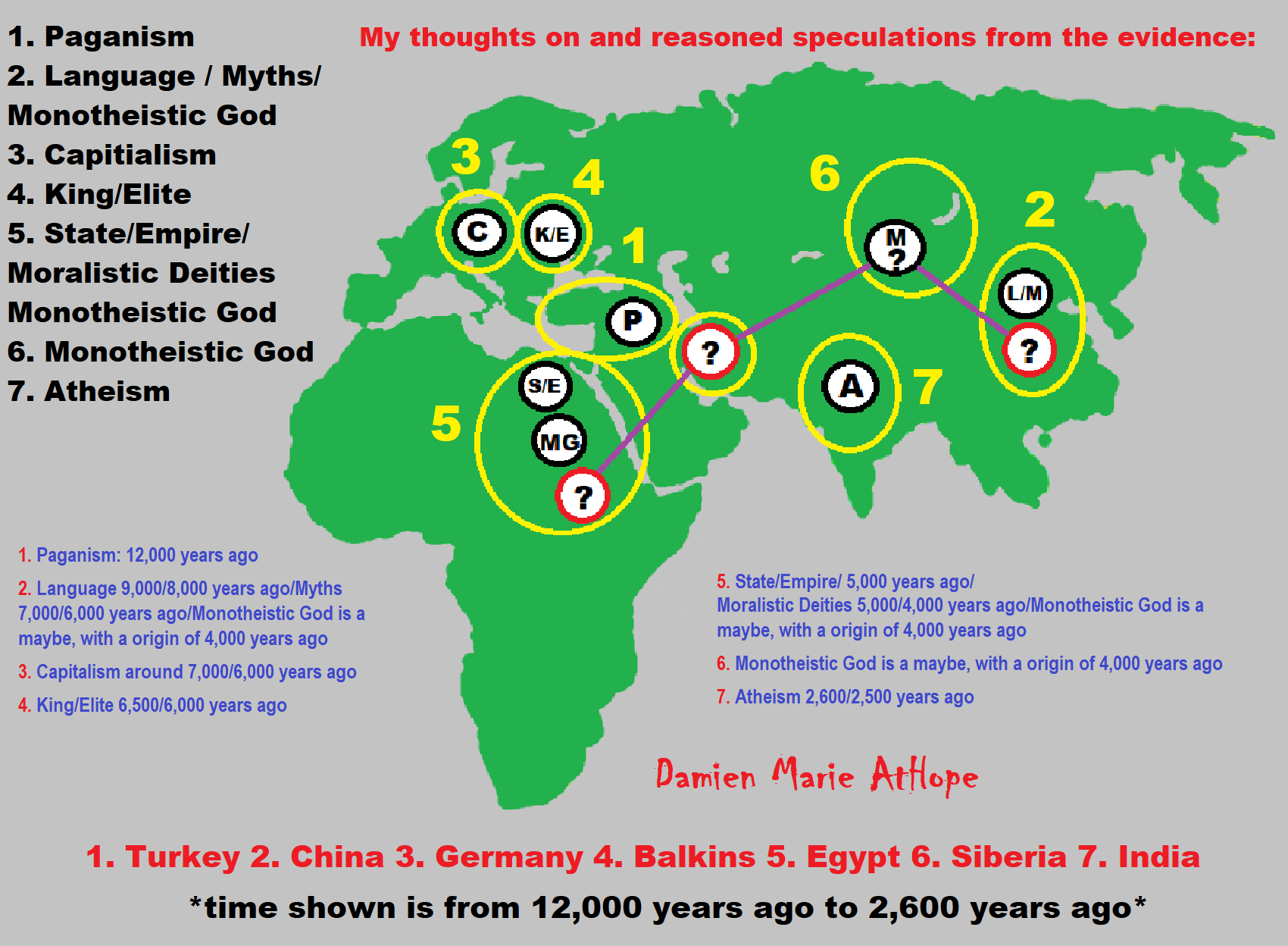
“Religion is an Evolved Product” and Yes, Religion is Like Fear Given Wings…
Atheists talk about gods and religions for the same reason doctors talk about cancer, they are looking for a cure, or a firefighter talks about fires because they burn people and they care to stop them. We atheists too often feel a need to help the victims of mental slavery, held in the bondage that is the false beliefs of gods and the conspiracy theories of reality found in religions.
Understanding Religion Evolution:
- Pre-Animism (at least 300,000 years ago)
- Animism (Africa: 100,000 years ago)
- Totemism (Europe: 50,000 years ago)
- Shamanism (Siberia: 30,000 years ago)
- Paganism (Turkey: 12,000 years ago)
- Progressed organized religion (Egypt: 5,000 years ago), (Egypt, the First Dynasty 5,150 years ago)
- CURRENT “World” RELIGIONS (after 4,000 years ago)
- Early Atheistic Doubting (at least by 2,600 years ago)
“An Archaeological/Anthropological Understanding of Religion Evolution”
It seems ancient peoples had to survived amazing threats in a “dangerous universe (by superstition perceived as good and evil),” and human “immorality or imperfection of the soul” which was thought to affect the still living, leading to ancestor worship. This ancestor worship presumably led to the belief in supernatural beings, and then some of these were turned into the belief in gods. This feeble myth called gods were just a human conceived “made from nothing into something over and over, changing, again and again, taking on more as they evolve, all the while they are thought to be special,” but it is just supernatural animistic spirit-belief perceived as sacred.
Quick Evolution of Religion?
Pre-Animism (at least 300,000 years ago). So, it all starts in a general way with Animism (such as that seen in Africa: 100,000 years ago) (theoretical belief in supernatural powers/spirits), then this is physically expressed in or with Totemism (Europe: 50,000 years ago) (theoretical belief in mythical relationship with powers/spirits through a totem item), which then enlists a full-time specific person to do this worship and believed interacting Shamanism (beginning around 30,000 years ago in Siberia) (theoretical belief in access and influence with spirits through ritual), and then there is the further employment of myths and gods added to all the above giving you Paganism (beginning around 12,000 years ago in Turkey) (often a lot more nature-based than most current top world religions, thus hinting to their close link to more ancient religious thinking it stems from). My hypothesis is expressed with an explanation of the building of a theatrical house (modern religions development). Progressed organized religion (around 5,000 years ago as sen in Egypt) with CURRENT “World” RELIGIONS (after 4,000 years ago).
Historically, in large city-state societies (such as Egypt or Iraq) starting around 5,000 years ago culminated to make religion something kind of new, a sociocultural-governmental-religious monarchy, where all or at least many of the people of such large city-state societies seem familiar with and committed to the existence of “religion” as the integrated life identity package of control dynamics with a fixed closed magical doctrine, but this juggernaut integrated religion identity package of Dogmatic-Propaganda certainly did not exist or if developed to an extent it was highly limited in most smaller prehistoric societies as they seem to lack most of the strong control dynamics with a fixed closed magical doctrine (magical beliefs could be at times be added or removed). Many people just want to see developed religious dynamics everywhere even if it is not. Instead, all that is found is largely fragments until the domestication of religion.
Religions, as we think of them today, are a new fad, even if they go back to around 6,000 years in the timeline of human existence, this amounts to almost nothing when seen in the long slow evolution of religion at least around 70,000 years ago with one of the oldest ritual worship. Stone Snake of South Africa: “first human worship” 70,000 years ago. This message of how religion and gods among them are clearly a man-made thing that was developed slowly as it was invented and then implemented peace by peace discrediting them all. Which seems to be a simple point some are just not grasping how devastating to any claims of truth when we can see the lie clearly in the archeological sites.
I wish people fought as hard for the actual values as they fight for the group/clan names political or otherwise they think support values. Every amount spent on war is theft to children in need of food or the homeless kept from shelter.
Here are several of my blog posts on history:
- To Find Truth You Must First Look
- Archaeology Knowledge Challenge?
- Beware of Pseudo-History like the Claims of a Hammer in a 400 Million-Year-Old Rock
- The Evolution of Fire Sacralizing and/or Worship 1.5 million to 300,000 years ago and beyond?
- Stone Age Art: 500,000 – 233,000 Years Old
- Around 500,000 – 233,000 years ago, Oldest Anthropomorphic art (Pre-animism) is Related to Female
- 400,000 Years Old Sociocultural Evolution
- Burial-pits, Cave-tombs, and/or Shallow-graves begin with Homo
- Pre-Animism: Portable Rock Art at least 300,000-year-old
- Pre-animism 300,000 years old and animism 100,000 years old: related to “Anarchism and Socialism”
- Homo Naledi and an Intentional Cemetery “Pre-Animism” dating to around 250,000 years ago?
- Neanderthals “Primal Religion (Pre-Animism/Animism?)” Mystery Cave Rings 175,000 Years Ago
- 130,000 years ago – Earliest evidence for burial and it’s Neanderthals…
- Did Neanderthals teach us “Primal Religion (Pre-Animism/Animism?)” 120,000 Years Ago?
- Animism: an approximately 100,000-year-old belief system?
- Animism: a belief among some indigenous people, young children, or all religious people!
- The Origin of Language: Starts in Symbolism Around 100,000 years ago, to Early Proto-Writing 44,000-5,000 years ago with Unrealized Connections
- Rock crystal stone tools 75,000 Years Ago – (Spain) made by Neanderthals
- Prehistoric Child Burials Begin at Least Around 78,000 Years Ago
- Stone Snake of South Africa: “first human worship” 70,000 years ago
- Similarities and differences in Animism and Totemism
- Did Neanderthals Help Inspire Totemism? Because there is Art Dating to Around 65,000 Years Ago in Spain?
- History of Drug Use with Religion or Sacred Rituals possibly 58,000 years ago?
- Totemism: an approximately 50,000-year-old belief system?
- Totemism 50,000 years old: related to “Anarchism and Socialism”
- Australia & Aboriginal Religion at least around 50,000 years old
- Modern Humans start around 50,000 years ago Helped by Feminisation
- Out of Africa: “the evolution of religion seems tied to the movement of people”
- Totemism and Shamanism Dispersal Theory Expressed around 50,000 to 30,000 years ago
- Back-migrations to Africa, Starting with Eurasia to North Africa around 45,000 years ago
- Possible Religion Motivations in the First Cave Art at around 43,000 years ago?
- 43,000-33,000 years old Aurignacian Figurine Marks, like at the Swabian Jura caves in Germany
- 41,000-20,000-year-old Upper Paleolithic Tally sticks
- 40,000 years old Aurignacian Lion Figurine Early Totemism?
- 40,000-35,000 years ago “first seeming use of a Totem” ancestor, animal, and possible pre-goddess worship?
- Prehistoric Egypt 40,000 years ago to The First Dynasty 5,150 years ago
- 38,000 Years Old Engraving of an Aurochs with Seeming Totemism Expression?
- Aurignacian Period female ‘Venus’ carvings start at 35,000 years ago, then Transfer on to Other Cultures?
- Sacred Bulls, the Moon, and Fertility begins at least around 35,000 years ago?
- Women were the focus of religion, from at least around 35,000 years ago, until 2,000 years ago?
- Stars: Ancestors, Spirit Animals, and Deities (around 6,000 years ago, with connections to shamanism at 30,000 years ago and possibly further back to 40,000 years ago with totemism)
- Sacred Bulls, the Moon, and Fertility begins at least around 35,000 years ago?
- 34,000 years ago Lunar Calendar Cave art around the Time Shift From Totemism to Early Shamanism
- 34,000 years old Russan “Sungir” Early Totemistic-Shamanism
- 31,000-25,000 years old Dolni Vestonice, Czech Republic Totemistic-Shamanism
- Shamanism: an approximately 30,000-year-old belief system
- Could the Phallus Phenomena (A Bull Horn) and the Shamanism Phenomena beginning around 30,000 years ago
- Lenticular Cloud Formations may connect to Ancient “House of Gods” Mythology
- “Sky Burial” and its possible origins at least 12,000 years ago to likely 30,000 years ago or older.
- The Peopling of the Americas Pre-Paleoindians/Paleoamericans around 30,000 to 12,000 years ago
- Hunter-Gatherer/Indigenous Peoples Religiosity, Beliefs, and Practices
- Starting 30,000 Years Ago is the Sitting Venus Phenomena
- Shamanism 30,000 years old: related to “Anarchism and Socialism”
- Trinity Evolution Started over 30,000 years ago, Maybe?
- Paleolithic Totem Venuses become the later Goddesses of the Neolithic and beyond?
- The “Inner Asian Mountain Corridor” as well as the “Eurasian Steppe Corridor” and Repetitious Migrations
- 27,000 to 25,000 Years ago Oldest Shaman was Female, Buried with the Oldest Portrait Carving
- Could a Gravettian carving around 25,000 years old relate to Later Goddess and the Bull cults like Catal Huyuk
- Gravettian burial of Caviglione Woman, (shaman?) dated to around 24,000 years ago
- 24,000 Years Old Sacred Burial of a Siberian Mal’ta Boy
- Groups partially derived from the Ancient North Eurasians
- Leda and the Swan: possibly relates back to 24,000–15,000 years old Mal’ta–Buret’ culture, Lake Baikal, Siberia?
- Similarities in Shamanism?
- Black, White, and Yellow Shamanism?
- Shamanistic rock art from central Aboriginal Siberians and Aboriginal drums in the Americas
- Horned female shamans and Pre-satanism Devil/horned-god Worship?
- Epipalaeolithic Near East 20,000 to 9,000 years ago and the Emergence of Advanced Culture as well as New Religion?
- Sifting through the relation of Bird spirits/deities of the sky (20,000 to 5,000 years ago)
- (Magdalenian/Iberomaurusian) Connections to the First Paganists of the early Neolithic Near East Dating from around 17,000 to 12,000 Years Ago
- 16,000 to 12,000 years ago Magdalenian Sacred Ritual and Symbols
- Are the Natufians of Israel around 15,000 to 11,500 years ago who you thought they were?
- Possible Clan Leader/Special “MALE” Ancestor Totem Poles At Least 13,500 years ago?
- Jewish People with DNA at least 13,200 years old, Judaism, and the Origins of Some of its Ideas
- Genetic studies on Jewish DNA is not 6,000 years old but has origin links to about 20,000 to 30,000 years ago?
- 13,100 – 12,150 years old Pre/early-Paleo-Indian Prehistoric site in Pennsylvania
- Baltic Reindeer Hunters: Swiderian, Lyngby, Ahrensburgian, and Krasnosillya cultures 12,020 to 11,020 years ago are evidence of powerful migratory waves during the last 13,000 years and a genetic link to Saami and the Finno-Ugric peoples.
- My Reasoned Speculations on the Early Migrations of Paganism 13,000 to 3,000 years ago, Cultural Transfer
- 13,000-12,000 years ago Culture Leading to New Oppression changed everything and it was not always this way.
- My Reasoned Speculations on the Early Migrations of Paganism 13,000 to 3,000 years ago, Cultural Transfer
- The Rise of Inequality: patriarchy and state hierarchy inequality
- Fertile Crescent 12,500 – 9,500 Years Ago: fertility and death cult belief system?
- 12,400 – 11,700 Years Ago – Kortik Tepe (Turkey) Pre/early-Agriculture Cultic Ritualism
- Paganism: spread of Haplogroup J and its Seeming connection of Bull Worship
- 12,000-year-old Gobekli Tepe: “first human-made pagan temple”
- Ritualistic Bird Symbolism at Gobekli Tepe and its “Ancestor Cult”
- Male-Homosexual (female-like) / Trans-woman (female) Seated Figurine from Gobekli Tepe
- Could a 12,000-year-old Bull Geoglyph at Göbekli Tepe relate to older Bull and Female Art 25,000 years ago and Later Goddess and the Bull cults like Catal Huyuk?
- Sedentism and the Creation of goddesses around 12,000 years ago as well as male gods after 7,000 years ago.
- Alcohol, where Agriculture and Religion Become one? Such as Gobekli Tepe’s Ritualistic use of Grain as Food and Ritual Drink
- Epigravettians Join the Religious Partying at Gobekli Tepe?
- Neolithic Ritual Sites with T-Pillars and other Cultic Pillars
- Paganism: Goddesses around 12,000 years ago then Male Gods after 7,000 years ago
- First Patriarchy: Split of Women’s Status around 12,000 years ago & First Hierarchy: fall of Women’s Status around 5,000 years ago.
- Natufians: an Ancient People at the Origins of Agriculture and Sedentary Life
- J DNA and the Spread of Agricultural Religion (paganism)
- Paganism: an approximately 12,000-year-old belief system
- Paganism 12,000 years old: related to “Anarchism and Socialism” (Pre-Capitalism)
- Shaman burial in Israel 12,000 years ago and the Shamanism Phenomena
- Need to Mythicized: gods and goddesses
- 12,000 – 7,000 Years Ago – Paleo-Indian Culture (The Americas)
- Ancient Egypt: Epipaleolithic, Neolithic, and Predynastic from 12,000 to 5,000 years ago
- 12,000 – 2,000 Years Ago – Indigenous-Scandinavians (Nordic)
- Norse did not wear helmets with horns?
- Pre-Pottery Neolithic Skull Cult around 11,500 to 8,400 Years Ago?
- Masked Head Hunters of “Karahan Tepe” 11,400-year-old monumental site from the Pre-Pottery Neolithic A to B
- 10,400 – 10,100 Years Ago, in Turkey the Nevail Cori Religious Settlement
- Evolution of human skin color, white-skin is really under 10,000 years old?
- Indo-European language Trees fit an Agricultural expansion from Anatolia beginning 8,000 – 9,500 years ago
- 9,000-6,500 Years Old Submerged Pre-Pottery/Pottery Neolithic Ritual Settlements off Israel’s Coast
- Catal Huyuk “first religious designed city” around 9,500 to 7,700 years ago (Turkey)
- Goddesses/Demigoddesses/Grandmother-Mother Ancestor Spirits from Catal Huyuk?
- Cultic Hunting at Catal Huyuk “first religious designed city”
- Special Items and Art as well as Special Elite Burials at Catal Huyuk
- New Rituals and Violence with the appearance of Pottery and People?
- Ainu people, Sámi people, Native Americans, the Ancient North Eurasians, and Paganistic-Shamanism with Totemism
- Ideas, Technology and People from Turkey, Europe, to China and Back again 9,000 to 5,000 years ago?
- 9,000 years old Neolithic Artifacts Judean Desert and Hills Israel
- 9,000-7,000 years-old Sex and Death Rituals: Cult Sites in Israel, Jordan, and the Sinai
- 9,000-8500 year old Horned Female shaman Bad Dürrenberg Germany
- Neolithic Jewelry and the Spread of Farming in Europe Emerging out of West Turkey
- Ideas, Technology and People from Turkey, Europe, to China and Back again 9,000 to 5,000 years ago?
- 8,600-year-old Tortoise Shells in Neolithic graves in central China have Early Writing and Shamanism
- Swing of the Mace: the rise of Elite, Forced Authority, and Inequality begin to Emerge 8,500 years ago?
- Migrations and Changing Europeans Beginning around 8,000 Years Ago
- My “Steppe-Anatolian-Kurgan hypothesis” 8,000/7,000 years ago
- Around 8,000-year-old Shared Idea of the Mistress of Animals, “Ritual” Motif
- Pre-Columbian Red-Paint (red ochre) Maritime Archaic Culture 8,000-3,000 years ago
- 7,500-4,750 years old Ritualistic Cucuteni-Trypillian culture of Moldova, Romania, and Ukraine
- Roots of a changing early society 7,200-6,700 years ago Jordan and Israel
- My Thoughts on Possible Migrations of “R” DNA and Proto-Indo-European?
- “Millet” Spreading from China 7,022 years ago to Europe and related Language may have Spread with it leading to Proto-Indo-European
- The Dnieper–Donets culture and Asian varieties of Millet from China to the Black Sea region of Europe by 7,022 years ago
- The First Expression of the Male God around 7,000 years ago?
- Kurgan 6,000 years ago/dolmens 7,000 years ago: funeral, ritual, and other?
- 7,020 to 6,020-year-old Proto-Indo-European Homeland of Urheimat or proposed home of their Language and Religion
- Ancient Megaliths: Kurgan, Ziggurat, Pyramid, Menhir, Trilithon, Dolman, Kromlech, and Kromlech of Trilithons
- The Mytheme of Ancient North Eurasian Sacred-Dog belief and similar motifs are found in Indo-European, Native American, and Siberian comparative mythology
- White (light complexion skin) Bigotry and Sexism started 7,000 years ago?
- Sacred Mounds, Mountains, Kurgans, and Pyramids may hold deep connections?
- Between 7,000-5,000 Years ago, rise of unequal hierarchy elite, leading to a “birth of the State” or worship of power, strong new sexism, oppression of non-elites, and the fall of Women’s equal status
- Agriculture religion (Paganism) with farming reached Britain between about 7,000 to 6,500 or so years ago and seemingly expressed in things like Western Europe’s Long Barrows
- Paganism 7,000-5,000 years old: related to “Anarchism and Socialism” (Capitalism) (World War 0) Elite and their slaves!
- Around 7,000-year-old Shared Idea of the Divine Bird (Tutelary and/or Trickster spirit/deity), “Ritual” Motif
- Nekhbet an Ancient Egyptian Vulture Goddess and Tutelary Deity
- 6,720 to 4,920 years old Ritualistic Hongshan Culture of Inner Mongolia with 5,000-year-old Pyramid Mounds and Temples
- KING OF BEASTS: Master of Animals “Ritual” Motif, around 6,000 years old or older…
- Around 6000-year-old Shared Idea of the Solid Wheel & the Spoked Wheel-Shaped Ritual Motif
- Around 5,000-year-old Shared Idea of the “Tree of Life” Ritual Motif
- Complex rituals for elite, seen from China to Egypt around 5,000 years ago
- Around 5,000 years ago: “Birth of the State” where Religion gets Military Power and Influence
- Sacred Mounds, Mountains, Kurgans, and Pyramids may hold deep connections?
- Dolmens in Israel: A Connected Dolmen Religious Phenomenon?
- 6,500–5,800 years ago in Israel Late Chalcolithic (Copper Age) Period in the Southern Levant Seems to Express Northern Levant Migrations, Cultural and Religious Transfer
- “The Ghassulian Star,” a mysterious 6,000-year-old mural from Jordan; a Proto-Star of Ishtar, Star of Inanna or Star of Venus?
- Religious/Ritual Ideas, including goddesses and gods as well as ritual mounds or pyramids from Northeastern Asia at least 6,000 years old, seemingly filtering to Iran, Iraq, the Mediterranean, Europe, Egypt, and the Americas?
- First proto-king in the Balkans, Varna culture around 6,500 years ago?
- The Center of the World “Axis Mundi” and/or “Sacred Mountains” Mythology Could Relate to the Altai Mountains, Heart of the Steppe
- Maykop (5,720–5,020 years ago) Caucasus region Bronze Age culture-related to Copper Age farmers from the south, influenced by the Ubaid period and Leyla-Tepe culture, as well as influencing the Kura-Araxes culture
- 5-600-year-old Tomb, Mummy, and First Bearded Male Figurine in a Grave
- Kura-Araxes Cultural 5,520 to 4,470 years old DNA traces to the Canaanites, Arabs, and Jews
- Minoan/Cretan (Keftiu) Civilization and Religion around 5,520 to 3,120 years ago
- Evolution Of Science at least by 5,500 years ago
- 5,500 Years old birth of the State, the rise of Hierarchy, and the fall of Women’s status
- “Jiroft culture” 5,100 – 4,200 years ago and the History of Iran
- Progressed organized religion starts, an approximately 5,000-year-old belief system
- China’s Civilization between 5,000-3,000 years ago, was a time of war and class struggle, violent transition from free clans to a Slave or Elite society
- Stonehenge: Paganistic Burial and Astrological Ritual Complex, England (5,100-3,600 years ago)
- Origin of Logics is Naturalistic Observation at least by around 5,000 years ago.
- Ziggurats (multi-platform temples: 4,900 years old) to Pyramids (multi-platform tombs: 4,700 years old)
- Did a 4,520–4,420-year-old Volcano In Turkey Inspire the Bible God?
- Finland’s Horned Shaman and Pre-Horned-God at least 4,500 years ago?
- Did a 4,500–4,400-year-old Volcano In Turkey Inspire the bible god?
- Bronze Age “Ritual” connections of the Bell Beaker culture with the Corded Ware/Single Grave culture, which were related to the Yamnaya culture and Proto-Indo-European Languages/Religions
- Low Gods (Earth/ Tutelary deity), High Gods (Sky/Supreme deity), and Moralistic Gods (Deity enforcement/divine order)
- The exchange of people, ideas, and material-culture including, to me, the new god (Sky Father) and goddess (Earth Mother) religion between the Cucuteni-Trypillians and others which is then spread far and wide
- Koryaks: Indigenous People of the Russian Far East and Big Raven myths also found in Tlingit, Haida, Tsimshian, and other Indigenous People of North America
- 42 Principles Of Maat (Egyptian Goddess of the justice) around 4,400 years ago, 2000 Years Before Ten Commandments
- “Happy Easter” Well Happy Eostre/Ishter
- 4,320-3,820 years old “Shimao” (North China) site with Totemistic-Shamanistic Paganism and a Stepped Pyramid
- 4,250 to 3,400 Year old Stonehenge from Russia: Arkaim?
- 4,100-year-old beaker with medicinal & flowering plants in a grave of a woman in Scotland
- Early European Farmer ancestry, Kelif el Boroud people with the Cardial Ware culture, and the Bell Beaker culture Paganists too, spread into North Africa, then to the Canary Islands off West Africa
- Flood Accounts: Gilgamesh epic (4,100 years ago) Noah in Genesis (2,600 years ago)
- Paganism 4,000 years old: related to “Anarchism and Socialism” (First Moralistic gods, then the Origin time of Monotheism)
- When was the beginning: TIMELINE OF CURRENT RELIGIONS, which start around 4,000 years ago.
- Early Religions Thought to Express Proto-Monotheistic Systems around 4,000 years ago
- Kultepe? An archaeological site with a 4,000 years old women’s rights document.
- Single God Religions (Monotheism) = “Man-o-theism” started around 4,000 years ago with the Great Sky Spirit/God Tiān (天)?
- Confucianism’s Tiān (Shangdi god 4,000 years old): Supernaturalism, Pantheism or Theism?
- Yes, Your Male God is Ridiculous
- Mythology, a Lunar Deity is a Goddess or God of the Moon
- Sacred Land, Hills, and Mountains: Sami Mythology (Paganistic Shamanism)
- Horse Worship/Sacrifice: mythical union of Ruling Elite/Kingship and the Horse
- The Amorite/Amurru people’s God Amurru “Lord of the Steppe”, relates to the Origins of the Bible God?
- Bronze Age Exotic Trade Routes Spread Quite Far as well as Spread Religious Ideas with Them
- Sami and the Northern Indigenous Peoples Landscape, Language, and its Connection to Religion
- Prototype of Ancient Analemmatic Sundials around 3,900-3,150 years ago and a Possible Solar Connection to gods?
- The Weakening of Ancient Trade and the Strengthening of Religions around 3000 years ago?
- Are you aware that there are religions that worship women gods, explain now religion tears women down?
- Animistic, Totemistic, and Paganistic Superstition Origins of bible god and the bible’s Religion.
- Myths and Folklore: “Trickster gods and goddesses”
- Jews, Judaism, and the Origins of Some of its Ideas
- An Old Branch of Religion Still Giving Fruit: Sacred Trees
- Dating the BIBLE: naming names and telling times (written less than 3,000 years ago, provable to 2,200 years ago)
- Did a Volcano Inspire the bible god?
- Hell and Underworld mythologies starting maybe as far back as 7,000 to 5,000 years ago with the Proto-Indo-Europeans?
- Yamnaya culture or at least Proto-Indo-European Languages/Religions may actually relate back to North Asia?
- The Amorite/Amurru people’s God Amurru “Lord of the Steppe”, relates to the Origins of the Bible God?
- “Dené–Yeniseian language, Old Copper Complex, and Pre-Columbian Mound Builders?
- No “dinosaurs and humans didn’t exist together just because some think they are in the bible itself”
- Sacred Shit and Sacred Animals?
- Everyone Killed in the Bible Flood? “Nephilim” (giants)?
- Hey, Damien dude, I have a question for you regarding “the bible” Exodus.
- Archaeology Disproves the Bible
- Bible Battle, Just More, Bible Babble
- The Jericho Conquest lie?
- Canaanites and Israelites?
- Archaeology Knowledge Challenge?
- Accurate Account on how did Christianity Began?
- Let’s talk about Christianity.
- So the 10 commandments isn’t anything to go by either right?
- Misinformed christian
- Debunking Jesus?
- Paulism vs Jesus
- Ok, you seem confused so let’s talk about Buddhism.
- Unacknowledged Buddhism: Gods, Savior, Demons, Rebirth, Heavens, Hells, and Terrorism
- His Foolishness The Dalai Lama
- Yin and Yang is sexist with an ORIGIN around 2,300 years ago?
- I Believe Archaeology, not Myths & Why Not, as the Religious Myths Already Violate Reason!
- Archaeological, Scientific, & Philosophic evidence shows the god myth is man-made nonsense.
- Aquatic Ape Theory/Hypothesis? As Always, Just Pseudoscience.
- Ancient Aliens Conspiracy Theorists are Pseudohistorians
- The Pseudohistoric and Pseudoscientific claims about “Bakoni Ruins” of South Africa
- Why do people think Religion is much more than supernaturalism and superstitionism?
- Religion is an Evolved Product
- Was the Value of Ancient Women Different?
- 1000 to 1100 CE, human sacrifice Cahokia Mounds a pre-Columbian Native American site
- Feminist atheists as far back as the 1800s?
- Promoting Religion as Real is Mentally Harmful to a Flourishing Humanity
- Screw All Religions and Their Toxic lies, they are all fraud
- Forget Religions’ Unfounded Myths, I Have Substantiated “Archaeology Facts.”
- Religion Dispersal throughout the World
- I Hate Religion Just as I Hate all Pseudoscience
- Exposing Scientology, Eckankar, Wicca and Other Nonsense?
- Main deity or religious belief systems
- Quit Trying to Invent Your God From the Scraps of Science.
- Archaeological, Scientific, & Philosophic evidence shows the god myth is man-made nonsense.
- Ancient Alien Conspiracy Theorists: Misunderstanding, Rhetoric, Misinformation, Fabrications, and Lies
- Misinformation, Distortion, and Pseudoscience in Talking with a Christian Creationist
- Judging the Lack of Goodness in Gods, Even the Norse God Odin
- Challenging the Belief in God-like Aliens and Gods in General
- A Challenge to Christian use of Torture Devices?
- Yes, Hinduism is a Religion
- Trump is One of the Most Reactionary Forces of Far-right Christian Extremism
- Was the Bull Head a Symbol of God? Yes!
- Primate Death Rituals
- Christian – “God and Christianity are objectively true”
- Australopithecus afarensis Death Ritual?
- You Claim Global Warming is a Hoax?
- Doubter of Science and Defamer of Atheists?
- I think that sounds like the Bible?
- History of the Antifa (“anti-fascist”) Movements
- Indianapolis Anti-Blasphemy Laws #Free Soheil Rally
- Damien, you repeat the golden rule in so many forms then you say religion is dogmatic?
- Science is a Trustable Methodology whereas Faith is not Trustable at all!
- Was I ever a believer, before I was an atheist?
- Atheists rise in reason
- Mistrust of science?
- Open to Talking About the Definition of ‘God’? But first, we address Faith.
- ‘United Monarchy’ full of splendor and power – Saul, David, and Solomon? Most likely not.
- Is there EXODUS ARCHAEOLOGY? The short answer is “no.”
- Lacking Proof of Bigfoots, Unicorns, and Gods is Just a Lack of Research?
- Religion and Politics: Faith Beliefs vs. Rational Thinking
- Hammer of Truth that lying pig RELIGION: challenged by an archaeologist
- “The Hammer of Truth” -ontology question- What do You Mean by That?
- Navigation of a bad argument: Ad Hominem vs. Attack
- Why is it Often Claimed that Gods have a Gender?
- Why are basically all monotheistic religions ones that have a male god?
- Shifting through the Claims in support of Faith
- Dear Mr. AtHope, The 20th Century is an Indictment of Secularism and a Failed Atheist Century
- An Understanding of the Worldwide Statistics and Dynamics of Terrorist Incidents and Suicide Attacks
- Intoxication and Evolution? Addressing and Assessing the “Stoned Ape” or “Drunken Monkey” Theories as Catalysts in Human Evolution
- Sacred Menstrual cloth? Inanna’s knot, Isis knot, and maybe Ma’at’s feather?
- Damien, why don’t the Hebrews accept the bible stories?
- Dealing with a Troll and Arguing Over Word Meaning
- Justified beliefs or disbeliefs worthy of Knowledge?
- Afrocentrism and African Religions
- Crecganford @crecganford offers history & stories of the people, places, gods, & culture
- Empiricism-Denier?
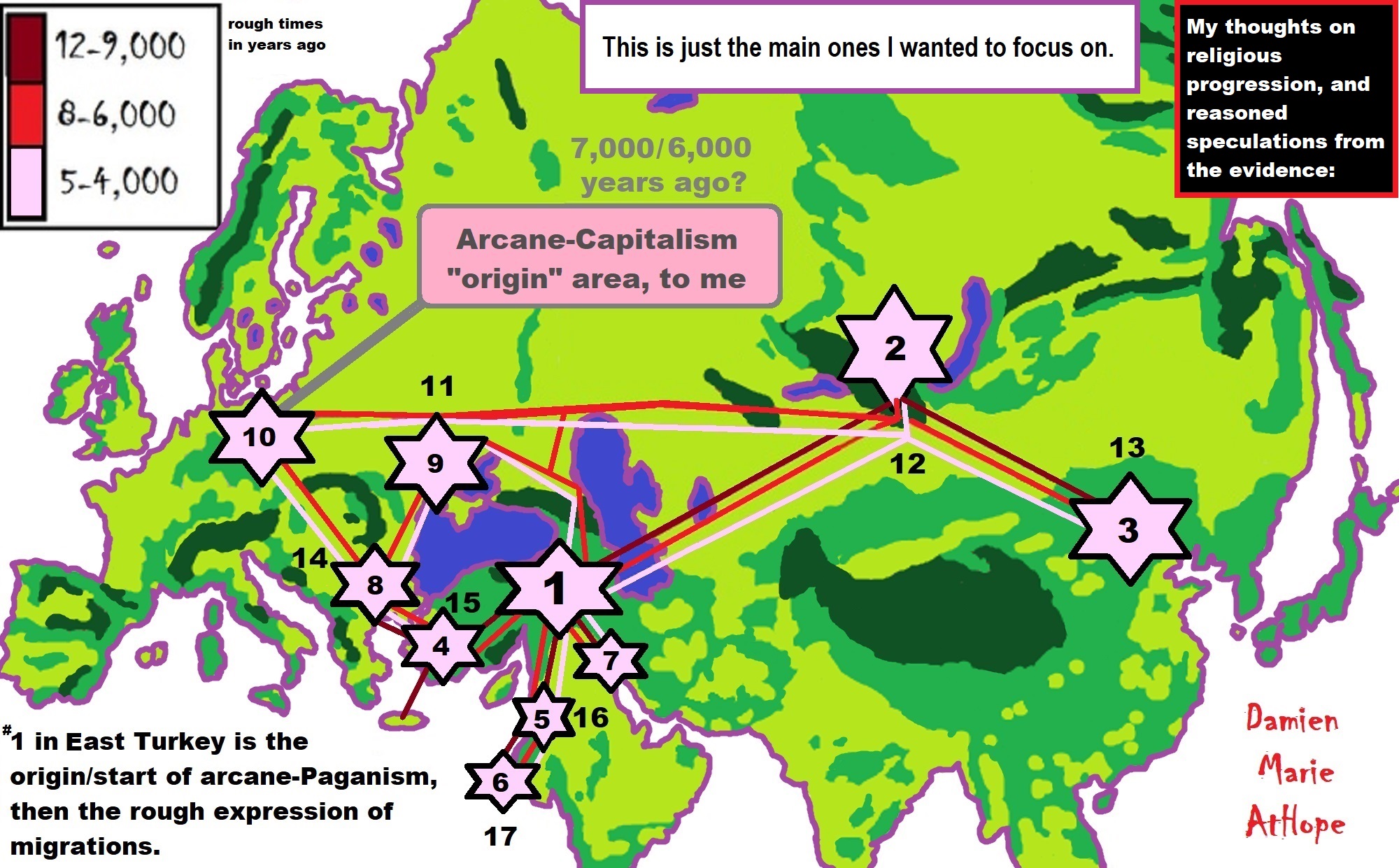
I am not an academic. I am a revolutionary that teaches in public, in places like social media, and in the streets. I am not a leader by some title given but from my commanding leadership style of simply to start teaching everywhere to everyone, all manner of positive education. We need more free counseling in public, in general. I both fear the mad person intent on harm as I am to those determined to stay delusionally unaware of the oppression and suffering of others in need all across this sad unhelping world.
Why is religion generally a bad thing? It tens to make people fact resistant!
“A Hierarchy (from Greek: ἱεραρχία, hierarkhia, ‘rule of a high priest’, from hierarkhes, ‘president of sacred rites’) items (objects, names, values, categories, etc.) that are represented as being “above” or “below” one another.” https://en.wikipedia.org/wiki/Hierarchy
Paganism was more than shamanism at first it was about the clan leader from 13,000 to 7,000 years ago then from 7,000 until 5, 500 was a time of proto kings and by 5,000 kings were a growing norm.
Atheism is how we all start, then before 7 children tend to think animistically. But they would all outgrow this sometime after 7 as they learn more logical thinking so religion stunts people at the pre 7, “animistic state” that terrorizes them into adulthood supported by myths.
In offer, my life of care, so easily, and fighting for kindness so valiantly as good things are worthy to humanity, I would actually feel shame if I had stayed silent in the face of such need. Only the privileged think it’s all good, me. fuck that, I will burn all bullshit down!
I am not like many other anarchists or socialists because of my strong ethical style of Anarcho-humanism that puts its goals in humanity flourishing, so I support all positive change. I want to end wage slavery as well as homeless and starvation across the world.
“But Damien, I have very mixed feelings about socialism.”
My response, Me too, and then I remember the injustices of capitalism and go with the ethics of people before profit thus I am a socialist anarchist.
I don’t agree that all cops are bastards as many anarchists do. I say there are bigotry people everywhere but with the police, we give bigotry a gun and then are bigoted in both who the harass, harm, and kill in a way that bigotry seems apparent. So it is a system of bigotry power.
People always look down on me with no good reason at all, my life is to acknowledge it and do what is right. I live by a moto do the needful. May my words be sweetened with kindness and compassion and may my heart forever stay safe and warm in the arms of kindness.
I am not the thing abuse made, I am will to power!
Counselors often manipulate thinking in people and it’s a good thing if it is client-centered and not on so nonclient power. I have both skills and training in counseling, intervention, addiction, teaching, psychology, sociology, multiculturalism, and religious history.
I wish capitalism would end. We all deserve more wealth equally.
Almost 50% of sociopaths were extremely abused as kids. So don’t tell me abuse did not affect you so it is okay to hit children. NO. it is not! Violence teaches violence just as kindness teaches kindness and it’s up to us all to make the wise choice for humanity.
It is generally only the wise who challenge their own ideas with the same rage they offer all ideas not theirs and the fool that protects their ideas from the scrutiny deserving all claims of truth.
I am a proud socialist and don’t take it as a put-down to be called a communist. But I am an anarcho-Humanist and we do not see any destination except are you a good person or not as our highest concern. Thus never call people comrade, neither do I add separation of gender either.
I have this thing I do that many too often seem to hate called: Whatever I want not caring one shit if it bothers the rich, the elite of the world, bigots, or others that harm humanity, and, feel little need if any to help. Shame on any who have the means to help and don’t.
I am Anti-Classist, all of humanity is my people.
I am Anti-Classist?
I am an anti-classist more than just a socialist or anarchist, though I think they both, even if varied in such types of political theorizing would agree that classism is a major problem. I see this vile problem of classism in almost all other social problems, it is a ever-continuing hidden harm, too many seem to accept, ignore, deny, or don’t care, as well as some in society sadly seem to welcome it. To me, classism is a scourge on humanity everywhere all the time. I despise classism and its harm to true humanity flourishing.
What Is Classism?
“Classism is differential treatment based on social class or perceived social class. Classism is the systematic oppression of subordinated class groups to advantage and strengthen the dominant class groups. It’s the systematic assignment of characteristics of worth and ability based on social class.” ref
“That includes: individual attitudes and behaviors; systems of policies and practices that are set up to benefit the upper classes at the expense of the lower classes, resulting in drastic income and wealth inequality; the rationale that supports these systems and this unequal valuing; and the culture that perpetuates them.” ref
“Classism is held in place by a system of beliefs and cultural attitudes that ranks people according to economic status, family lineage, job status, level of education, and other divisions.” ref
“Class discrimination, also known as classism, is prejudice or discrimination on the basis of social class. It includes individual attitudes, behaviors, systems of policies, and practices that are set up to benefit the upper class at the expense of the lower class.” ref
“Social class refers to the grouping of individuals in a hierarchy based on wealth, income, education, occupation, and social network.” ref
“Class structures existed in a simplified form in pre-agricultural societies, but it has evolved into a more complex and established structure following the establishment of permanent agriculture-based civilizations with a food surplus.” ref
Classism Definitions:
“Class: Relative social rank in terms of income, wealth, status, and/or power.” ref
“Classism: The institutional, cultural, and individual set of practices and beliefs that assign differential value to people according to their socio-economic class; and an economic system that creates excessive inequality and causes basic human needs to go unmet.” ref
“Class Identity: A label for one category of class experience, such as ruling class, owning class, middle class, working-class, and lower class.” ref
“Ruling Class: The stratum of people who hold positions of power in major institutions of the society.” ref
“Owning Class/Rich: The stratum of families who own income-producing assets sufficient to make paid employment unnecessary.” ref
“Middle Class: The stratum of families for whom breadwinners’ higher education and/or specialized skills brings higher income and more security than those of working-class people.” ref
“Upper-Middle Class: The portion of the middle class with higher incomes due to professional jobs and/or investment income.” ref
“Lower-Middle Class: The portion of the middle class with lower and less stable incomes due to lower-skilled or unstable employment.” ref
“Working Class: The stratum of families whose income depends on hourly wages for labor.” ref
“Lower Class/Poor: The stratum of families with incomes insufficient to meet basic human needs.” ref
“Individual Classism: This term refers to classism on a personal or individual level, either in behavior or attitudes, either conscious and intentional or unconscious and unintentional.” ref
“Institutional Classism: This term refers to the ways in which conscious or unconscious classism is manifest in the various institutions of our society.” ref
“Cultural Classism: This term refers to the ways in which classism is manifest through our cultural norms and practices. It can often be found in the ideology behind something.” ref
“Internalized Classism: Acceptance and justification of classism by working-class and poor people, such as feelings of inferiority to higher-class people, feelings of superiority to people lower on the class spectrum than oneself, hostility and blame toward other working-class or poor people, and beliefs that classist institutions are fair.” ref
“Privilege: One of the many tangible or intangible unearned advantages of higher-class status.” ref
“Classism started to be practiced around the 18th century. Segregation into classes was accomplished through observable traits (such as race or profession) that were accorded varying status and privileges. Feudal classification systems might include merchant, serf, peasant, warrior, priestly, and noble classes. Rankings were far from invariant with the merchant class in Europe outranking the peasantry while merchants were explicitly inferior to peasants during the Tokugawa Shogunate in Japan. Modern classism, with less rigid class structures, is harder to identify. In a professional association posting, psychologist Thomas Fuller-Rowell states, “Experiences of [class] discrimination are often subtle rather than blatant, and the exact reason for unfair treatment is often not clear to the victim.” ref
Classism or Class discrimination, Intersections with Other Systems of Oppression
“Socioeconomic, racial/ethnic and gender inequalities in academic achievement have been widely reported in the United States, but how these three axes of inequality intersect to determine academic and non-academic outcomes among school-aged children is not well understood. The term classism can refer to personal prejudice against lower classes as well as to institutional classism, just as the term racism can refer either strictly to personal prejudice or to institutional racism.” ref
“The latter has been defined as “the ways in which conscious or unconscious classism is manifest in the various institutions of our society. As with social classes, the difference in social status between people determines how they behave toward each other and the prejudices they likely hold toward each other. People of higher status do not generally mix with lower-status people and often are able to control other people’s activities by influencing laws and social standards.” ref
“The term “interpersonal” is sometimes used in place of “personal” as in “institutional classism (versus) interpersonal classism” and terms such as “attitude” or “attitudinal” may replace “interpersonal” as contrasting with institutional classism as in the Association of Magazine Media’s definition of classism as “any attitude or institutional practice which subordinates people due to income, occupation, education and/or their economic condition.” ref
“Classism is also sometimes broken down into more than two categories as in “personal, institutional and cultural” classism. It is common knowledge in sociolinguistics that meta-social language abounds in lower registers, thus the slang for various classes or racial castes.” ref
“Class discrimination can be seen in many different forms of media such as television shows, films, and social media. Classism is also systemic, and its implications can go unnoticed in the media that is consumed by society. Class discrimination in the media displays the knowledge of what people feel and think about classism. When seeing class discrimination in films and television shows, people are influenced and believe that is how things are in real life, for whatever class is being displayed.” ref
“Children can be exposed to class discrimination through movies, with a large pool of high-grossing G-rated movies portraying classism in various contexts. Children may develop biases at a young age that shape their beliefs throughout their lifetime, which would demonstrate the issues with class discrimination being prevalent in the media. Media is a big influence on the world today, with that something such as classism is can be seen in many different lights. Media plays an important role in how certain groups of people are perceived, which can make certain biases stronger.” ref
“Usually, the lower-income people are displayed in the media as dirty, lack of education and manners, and homeless. People can use the media to learn more about different social classes or use the media, such as social media to influence others on what they believe. In some cases, people who are in a social class that is portrayed negatively by the media can be affected in school and social life as “[t]eenagers who grew up in poverty reported higher levels of discrimination, and the poorer the teens were, the more they experienced discrimination.” ref
“Class” is a subject of analysis for sociologists, political scientists, anthropologists, and social historians. However, there is not a consensus on a definition of “class” and the term has a wide range of sometimes conflicting meanings. Some people argue that due to social mobility, class boundaries do not exist. In common parlance, the term “social class” is usually synonymous with “socio-economic class”, defined as “people having the same social, economic, cultural, political or educational status”, e.g., “the working class“; “an emerging professional class”. However, academics distinguish social class and socioeconomic status, using the former to refer to one’s relatively stable sociocultural background and the latter to refer to one’s current social and economic situation which is consequently more changeable over time.” ref
“The precise measurements of what determines social class in society have varied over time. Karl Marx thought “class” was defined by one’s relationship to the means of production (their relations of production). His understanding of classes in modern capitalist society is that the proletariat work but do not own the means of production, and the bourgeoisie, those who invest and live off the surplus generated by the proletariat’s operation of the means of production, do not work at all. This contrasts with the view of the sociologist Max Weber, who argued “class” is determined by economic position, in contrast to “social status” or “Stand” which is determined by social prestige rather than simply just relations of production. The term “class” is etymologically derived from the Latin classis, which was used by census takers to categorize citizens by wealth in order to determine military service obligations.” ref
“In the late 18th century, the term “class” began to replace classifications such as estates, rank, and orders as the primary means of organizing society into hierarchical divisions. This corresponded to a general decrease in significance ascribed to hereditary characteristics and an increase in the significance of wealth and income as indicators of position in the social hierarchy.” ref
Consequences of class position
“A person’s socioeconomic class has wide-ranging effects. It can impact the schools they are able to attend, their health, the jobs open to them, when they exit the labor market, whom they may marry, and their treatment by police and the courts.” ref
“Angus Deaton and Anne Case have analyzed the mortality rates related to the group of white, middle-aged Americans between the ages of 45 and 54 and its relation to class. There has been a growing number of suicides and deaths by substance abuse in this particular group of middle-class Americans. This group also has been recorded to have an increase in reports of chronic pain and poor general health. Deaton and Case came to the conclusion from these observations that because of the constant stress that these white, middle-aged Americans feel fighting poverty and wavering between the middle and lower classes, these strains have taken a toll on these people and affected their whole bodies.” ref
“Social classifications can also determine the sporting activities that such classes take part in. It is suggested that those of an upper social class are more likely to take part in sporting activities, whereas those of a lower social background are less likely to participate in sport. However, upper-class people tend to not take part in certain sports that have been commonly known to be linked with the lower class.” ref
“A person’s social class has a significant impact on their educational opportunities. Not only are upper-class parents able to send their children to exclusive schools that are perceived to be better, but in many places, state-supported schools for children of the upper class are of a much higher quality than those the state provides for children of the lower classes. This lack of good schools is one factor that perpetuates the class divide across generations.” ref
“A person’s social class has a significant impact on their physical health, their ability to receive adequate medical care and nutrition, and their life expectancy. Lower-class people experience a wide array of health problems as a result of their economic status. They are unable to use health care as often and when they do it is of lower quality, even though they generally tend to experience a much higher rate of health issues. Lower-class families have higher rates of infant mortality, cancer, cardiovascular disease, and disabling physical injuries. Additionally, poor people tend to work in much more hazardous conditions, yet generally have much less (if any) health insurance provided for them, as compared to middle- and upper-class workers.” ref
“The conditions at a person’s job vary greatly depending on class. Those in the upper-middle class and middle class enjoy greater freedoms in their occupations. They are usually more respected, enjoy more diversity, and are able to exhibit some authority. Those in lower classes tend to feel more alienated and have lower work satisfaction overall. The physical conditions of the workplace differ greatly between classes. While middle-class workers may “suffer alienating conditions” or “lack of job satisfaction”, blue-collar workers are more apt to suffer alienating, often routine, work with obvious physical health hazards, injury, and even death.” ref
“In the UK, a 2015 government study by the Social Mobility Commission suggested the existence of a “glass floor” in British society preventing those who are less able, but who come from wealthier backgrounds, from slipping down the social ladder. The report proposed a 35% greater likelihood of less able, better-off children becoming high earners than bright poor children.” ref
Class conflict
Further information: Class conflict
“Class conflict, frequently referred to as “class warfare” or “class struggle”, is the tension or antagonism which exists in society due to competing for socioeconomic interests and desires between people of different classes. And for Marx, the history of class society was a history of class conflict.” ref
“Marx pointed to the successful rise of the bourgeoisie and the necessity of revolutionary violence—a heightened form of class conflict—in securing the bourgeois rights that supported the capitalist economy. Marx believed that the exploitation and poverty inherent in capitalism were a pre-existing form of class conflict. Marx believed that wage laborers would need to revolt to bring about a more equitable distribution of wealth and political power.” ref
Classless society
Further information: Classless society
“A “classless” society is one in which no one is born into a social class. Distinctions of wealth, income, education, culture, or social network might arise and would only be determined by individual experience and achievement in such a society. Since these distinctions are difficult to avoid, advocates of a classless society (such as anarchists and communists) propose various means to achieve and maintain it and attach varying degrees of importance to it as an end in their overall programs/philosophy.” ref
Relationship between ethnicity and class
Further information: Racial inequality
“Race and other large-scale groupings can also influence class standing. The association of particular ethnic groups with class statuses is common in many societies, and is linked with race as well. Class and ethnicity can impact a persons, or communities, Socioeconomic standing, which in turn influences everything including job availability and the quality of available health and education.” ref
As a result of conquest or internal ethnic differentiation, a ruling class is often ethnically homogenous and particular races or ethnic groups in some societies are legally or customarily restricted to occupying particular class positions. Which ethnicities are considered as belonging to high or low classes varies from society to society.” ref
“In modern societies, strict legal links between ethnicity and class have been drawn, such as the caste system in Africa, apartheid, the position of the Burakumin in Japanese society, and the casta system in Latin America.” ref
Process of Class Stratification
“Class stratification is a form of social stratification in which a society is separated into parties whose members have different access to resources and power. An economic, natural, cultural, religious, interests and ideal rift usually exists between different classes.” ref
“In the early stages of class stratification, the majority of members in a given society have similar access to wealth and power, with only a few members displaying noticeably more or less wealth than the rest.” ref
“As time goes on, the largest share of wealth and status can begin to concentrate around a small number of the population. When wealth continues to concentrate, pockets of society with significantly less wealth may develop, until a sharp imbalance between rich and poor is created. As members of a society spread out from one another economically, classes are created.” ref
“When a physical gap is added, a cultural rift between the classes comes into existence, an example being the perception of the well-mannered, “cultured” behavior of the rich, versus the “uncivilized” behavior of the poor. With the cultural divide, chances for classes to intermingle become less and less likely, and mythos becomes more and more common between them (i.e. “the wrong side of the railroad tracks”). The lower class loses more of its influence and wealth as the upper class gains more influence and wealth, further dividing the classes from one another.” ref
Class Schema
“Social class is usually regarded as being conceived of as sets of positions rather than as individuals who happen to fill them at any particular time. Class structure is the “empty spaces” that persons occupy without altering the shape of the class structure.” ref
“Erik Olin Wright produced class schemata, in attempts to retain a Marxist approach to class analysis. In Wright’s first schema he states that in capitalism simple production exists alongside the capitalist mode of production. In this schema the bourgeoisie, the self-employed working who engage in simple production are one class. In the model there are two distinctive classes, the bourgeoisie, and the proletariat. The bourgeoisie owns the means of production, and the proletariat are the exploited workers. Both of these classes can be broken down into six classes that make up Wright’s first schema.” ref
“The supervisors and managers are in a contradictory class because they dominate over the proletariat and yet they are still dominated by the bourgeoisie. The small employers are both petty bourgeois and bourgeois; and the semi-autonomous employees while they do not own the means of production, they benefit from having more autonomy over their work than the normal proletariat. These classes are based upon exploitation and domination. Exploitation exists between those who own the means of production and those who do not. Domination is measured according to the amount of autonomy that can be exercised by the workers and to which extent they are supervised.” ref
“Wright’s second schema involve a 12-class schema and is based upon exploitation. In the second schemata exploitation has three dimensions: ownership of the means of production, ownership of organization assets that permit control and coordination of technical processes of production, and ownership of skills or credentials.” ref
“John Goldthorpe‘s class schema is to differentiate positions within labor markets and production units, or more specifically to differentiate such positions in terms of the employment relations that they entail. Goldthorpe schema distinguishes the employers, the self-employed, and employees. Within the group of employees eleven classes are defined on the basis of the employment relationship they enjoy. The aim of the schema is to group occupational title/employment relations, and the employment relationships joined by given combinations may differ cross-nationally.” ref
“As the theories relate to class stratification the common characteristic shared by the actors involve the position they occupy in relations defined by labor markets and productive processes. Class has often been defined as the significant determinant of life chances. The deliberate acts of individual actors are undertaken from a position of social power which is determined by class membership. The resources an individual possesses and the constraints they face and the course of action they take leads to having a higher probability of being undertaken than others. These processes lead to class position becoming a powerful predictor of many kinds of behavior.” ref
Class and Race
“It can be argued that segregation between black and white ethnic groups is so strong in some countries that they are different classes, and thus that segregation is a form of class stratification. Although there is a definite divide in some countries between races, those countries will also have poor people of the “upper class” ethnicity.” ref
I am still learning every day. I am a teacher/learner and always hope to be. I learn from everything, I never limit my knowledge of wisdom out of fear, do you? A closed mind will not win a battle of free thought…
Reason is my only master and may we all master Reason.
People to me many years ago, Damien you must look and act more normal or you will not ever get famous because people don’t generally like freaks. I said you do get I am an activist, right, an anarchist-socialist anticapitalist that has offered all I could to help?
The wise see knowledge everywhere.
We rise by helping each other. Simply I am my best caring for myself and others or my worst is when I have devalued my humanity by not caring for myself and others.
I wonder if the people who claim there is no universal morality will not find many reasons to try and justify this as if there was someone threatening their life. I would assume many magically would be the strongest universal rights champions on the planet at that moment.
Only the unjust, are truly comfortable with the oppression and harm of others. If you think society is great, wow do I have some news for you.
I never get anxious in challenges because as a free thinker I am hoping we discern the truth together. I am a truth seeker, she is my seductress, lover, and friend. I know that we will find out what sounds like justified truth in the end because “reality” is not pretend.
I have never met any Idea, I won’t challenge or change if needed, or if required by reason.
So the problem is not socialist or communist it is still the evil of capitalism infecting the good communist order. And for some to not grasp this is odd to me. And all the crime laid on socialists is often the crime of greed and power. Like asking to rule for life as seen in communist-controlled countries.
What real need do you think I have to protect the feelings of bigots? If you have a desire to content this and offer some valid justification do it now.
It’s not a question if everyone at some point is foolish. So it may happen but why champion it, right, one would be a willing fool to do so, right? Behavior that you think can happen with others and have no potential shared experience? Some things simply are pre-confining.
To me, I see the universal nature of good. It is so natural even bad people understand what is good.
Any claim of reality that is not real is to lie and that makes it pseudoscience, that fact one is not moral enough to not lie but push nontruth at truth and still considers this action as good is using pseudo-morality, and as the try to plage these lies in a historical concept it is pseudo-history.
But Damien, Rats. Even fungi & bacteria have hierarchies.
You mean we see behaviors that we assume are hierarchies and the issue is what is the meaning in the term use is it universal no matter the domain and even if it was a common action that is not saying it is good. “Denial” is very common and not generally good.
“The common” is not the true judge of “good!”
What religion explains all that science found out by actually looking or will now change to these facts updating the earlier inaccuracies any may have had.
The truth only needs reason it is lies that seem to need champions…
I find people odd that feel confident when they only have unanalyzed ideas but still doubt researched facts.
It seems sometimes people want to try and portray me as a “mentally unwell villain” but betray the goodness in their own honor in trying to do so. I strive for a life of kindness even with my enemies as all our shared humanity is so worth it. I only want to offer my life to help.
“Why should anyone have the right to tell me or anyone else that we can’t work if we can’t find an employer willing to take a chance on us at a mandatory $15hr take the government out of it let labor negotiate its own wages.” – Capitalist
My response, I don’t tell people not to work I remind them on what wage slavery is and how unethical capitalism is.
“Capitalism is the most ethical economic system ever devised in the history of the world Capitalism has brought more people out of abject poverty and faster than anyone ever dared to imagine possible do some research get your facts straight before you fall for even more bullshit.” – Capitalist
My response, Before or after slavery are we talking about or how about workers having to fight for every “human rights” workers have today from criminal employers in this capitalism you are supporting. Please get me an article quote claiming capitalism as ethical?
“Do you want to deal with the truth or at least as much of it as you can get your examine on or do you want to continue to occupy and defend that same old tired little slice of reality.” – Capitalist
My response, Please, provide a direct quote from an academic source that states capitalism is ethical?
“I would be absolutely happy to point you in the direction of a required reading list if you are genuinely interested in learning.” – Capitalist
My response, You made a claim and thus you are a holder of the burden of proof and if you decide not to then that tells me something.
“I’m asking you if you’re up for it?” – Capitalist
My response, Are you a good person?
“I’m currently in transit, I’ll get back to you shortly, and never trust anyone who tells you they’re a good person.” – Capitalist
My response, Cool, get it to me, when you can. Drive safe.
Too many in the world seem to live just to hate and it is gross and shameful. Change now!
I am for the emancipation of humanity. I want others to take what I learned and go learn more. Go then and teach more. I am not a leader that wants to make followers, rather I want to create leaders that go out and do the same, creating more leaders. I would rather be known for my humanity, not my hate.
I am a dangerous mind, I am not with any group of any kind. I am an individual that can fully speak my mind, so if I choose kindness, it is due to my humanity not because I think I have to in order to stay in the favor of someone in power.


Art by Damien Marie AtHope
Damien Marie AtHope (Said as “At” “Hope”)/(Autodidact Polymath but not good at math):
Axiological Atheist, Anti-theist, Anti-religionist, Secular Humanist, Rationalist, Writer, Artist, Jeweler, Poet, “autodidact” Philosopher, schooled in Psychology, and “autodidact” Armchair Archaeology/Anthropology/Pre-Historian (Knowledgeable in the range of: 1 million to 5,000/4,000 years ago). I am an anarchist socialist politically. Reasons for or Types of Atheism
My Website, My Blog, My (free accesses) Patreon, My (free accesses) Patreon Blog & Short-writing or Quotes My YouTube, Twitter: @AthopeMarie, and My Email: damien.marie.athope@gmail.com

